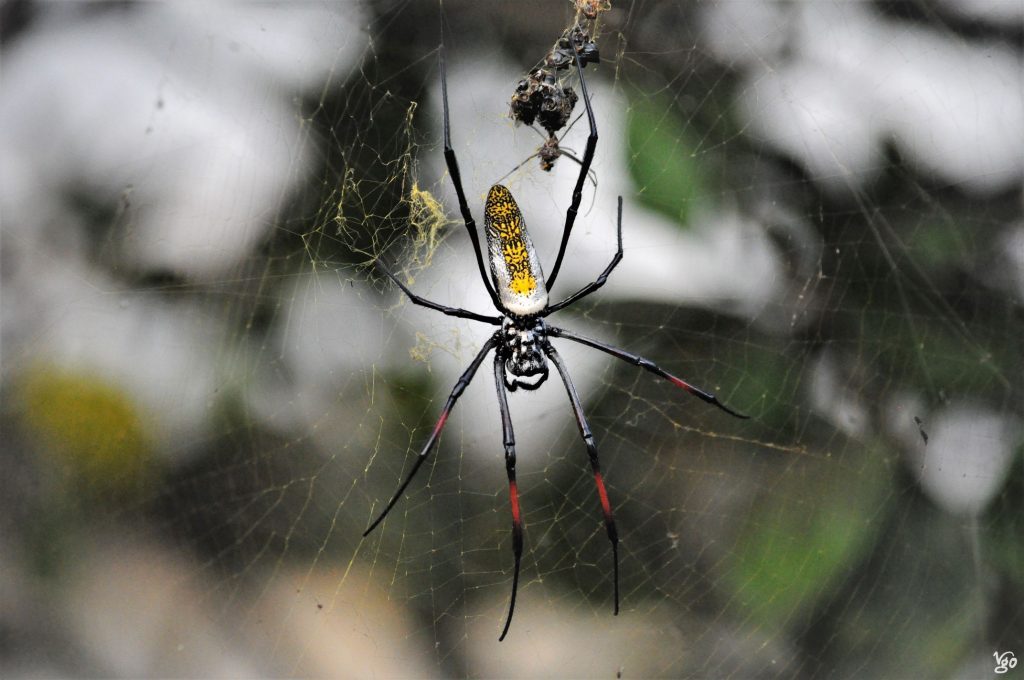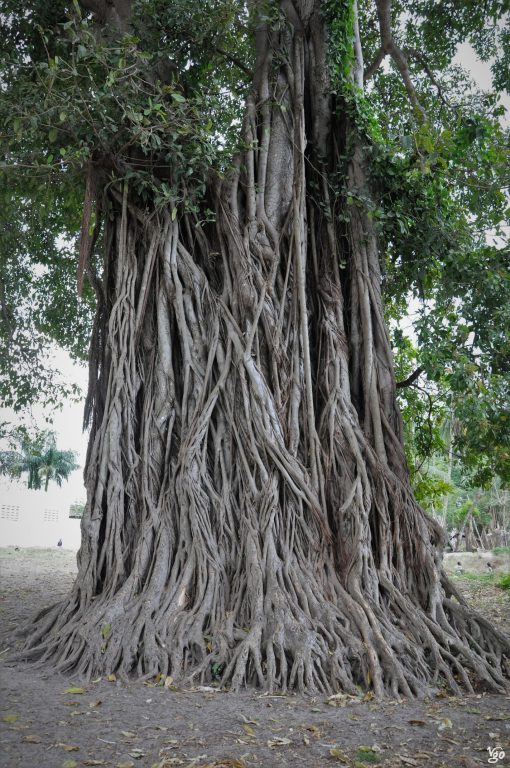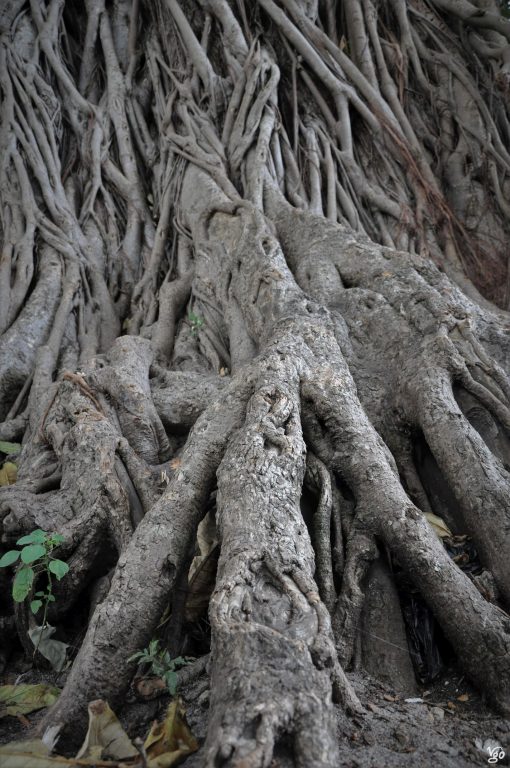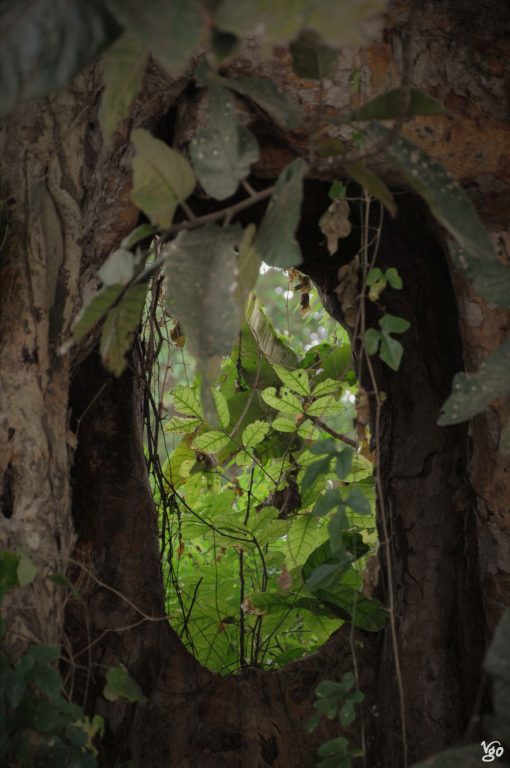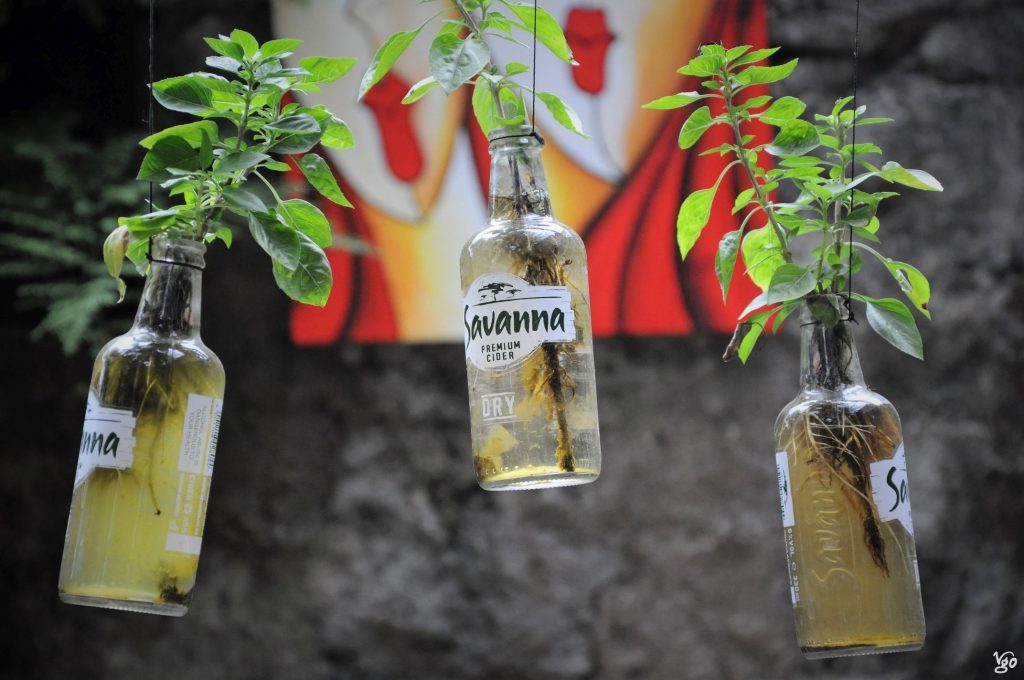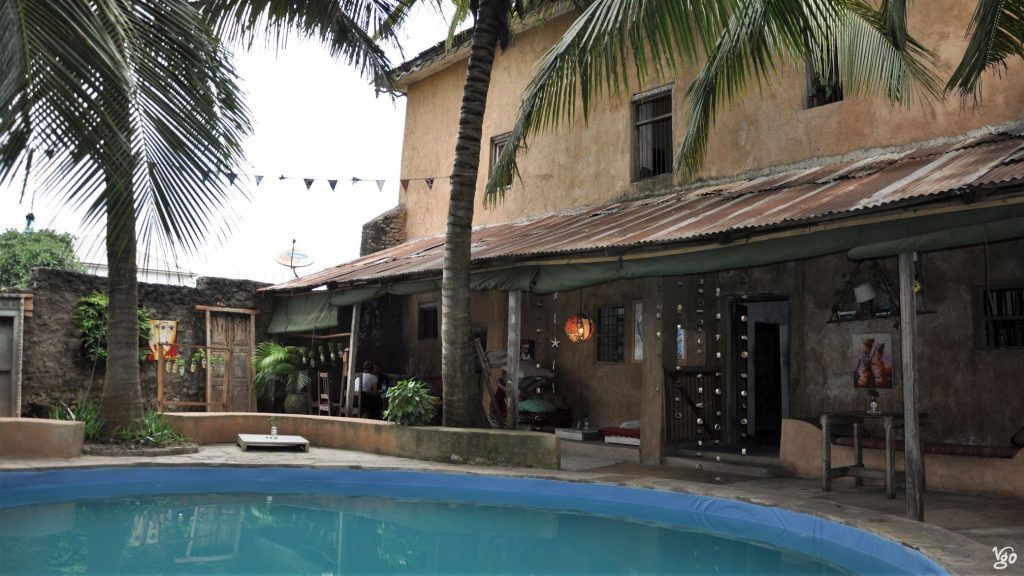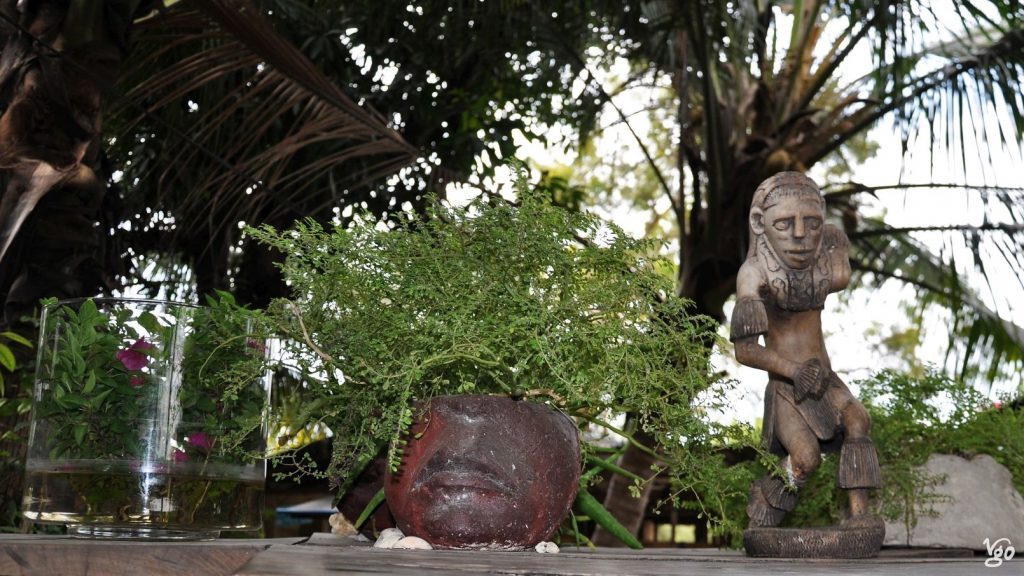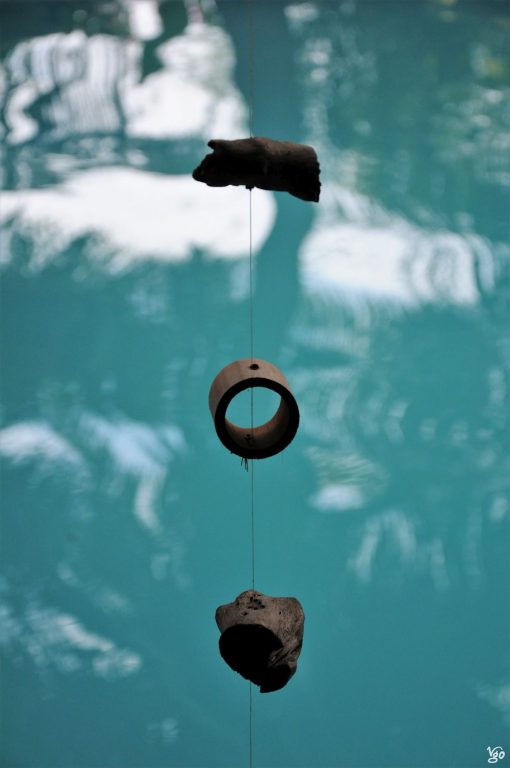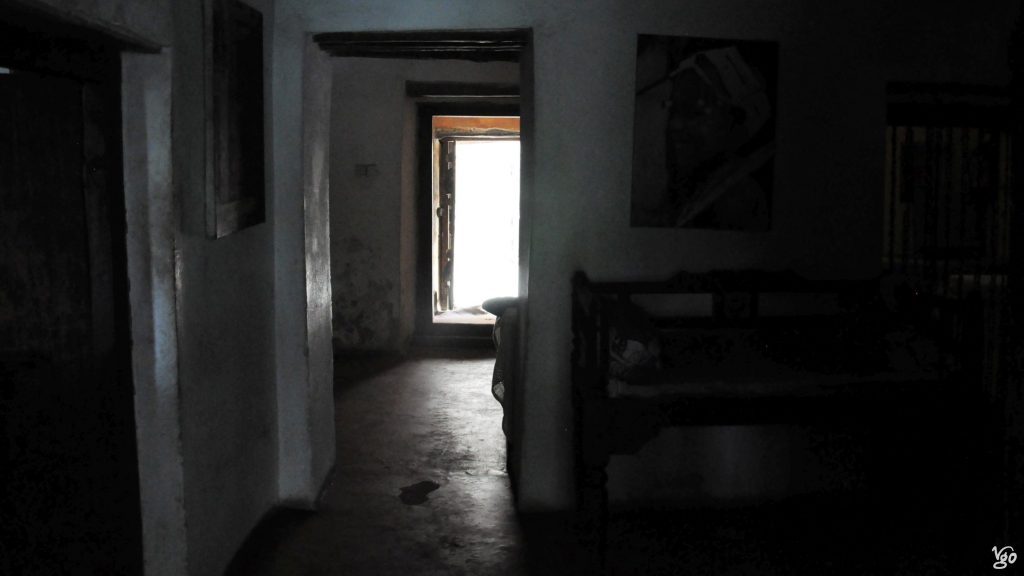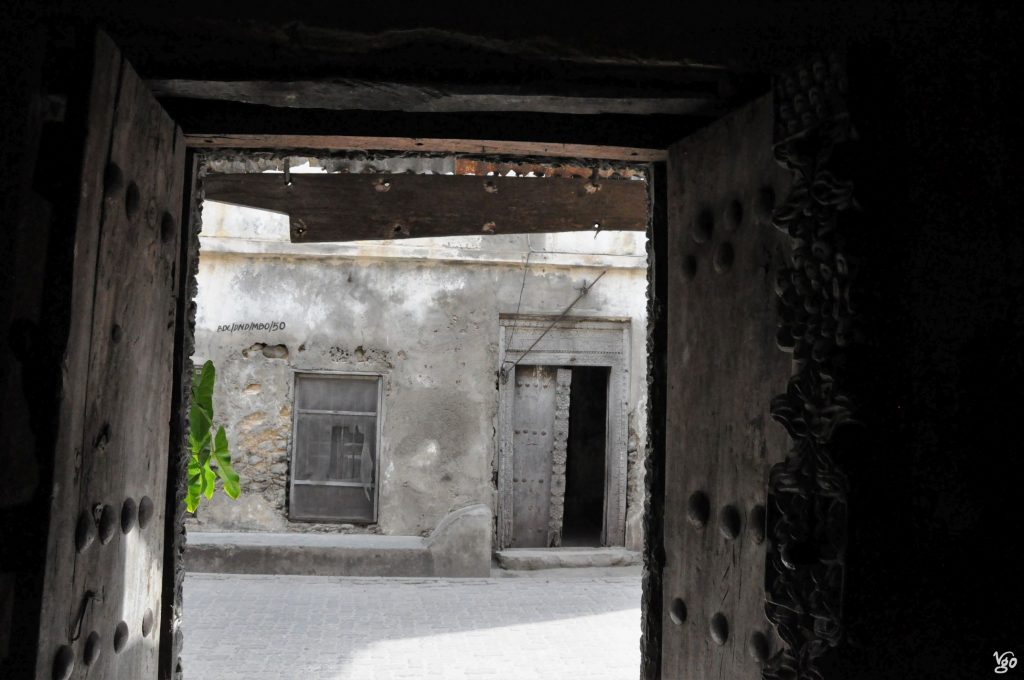Its original name was bwaga moyo ‘lay down/rest your heart’, until German colonial troops invaded the East-African coast, allegedly unable to pronounce it properly. Thus it was distorted to its current form. Bagamoyo stands testimony, albeit in ruins, to centuries of global trade along the Swahili coast, with connections to Mombasa, Mogadishu, the Arabic peninsula, Persia and ultimately to China. 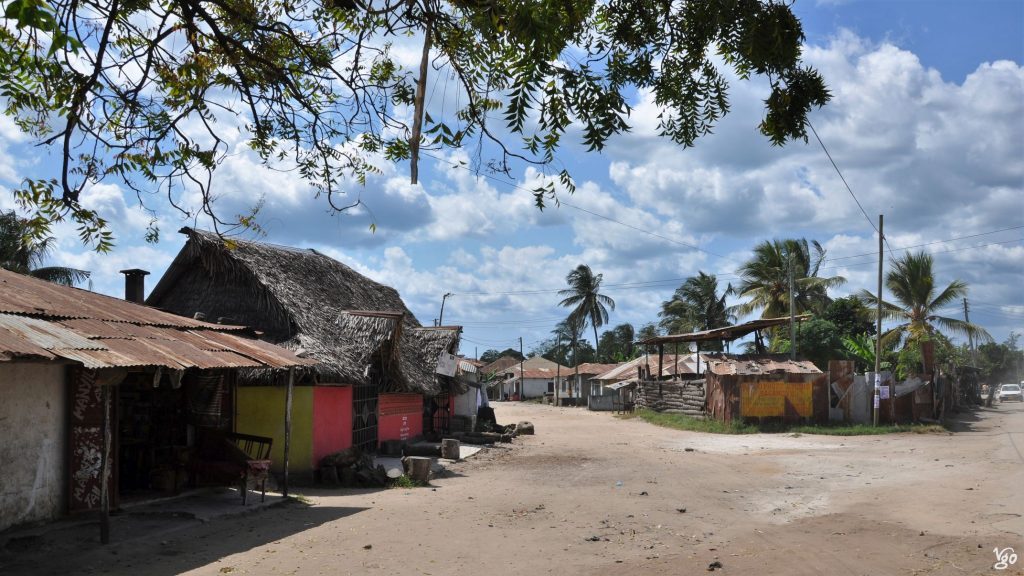
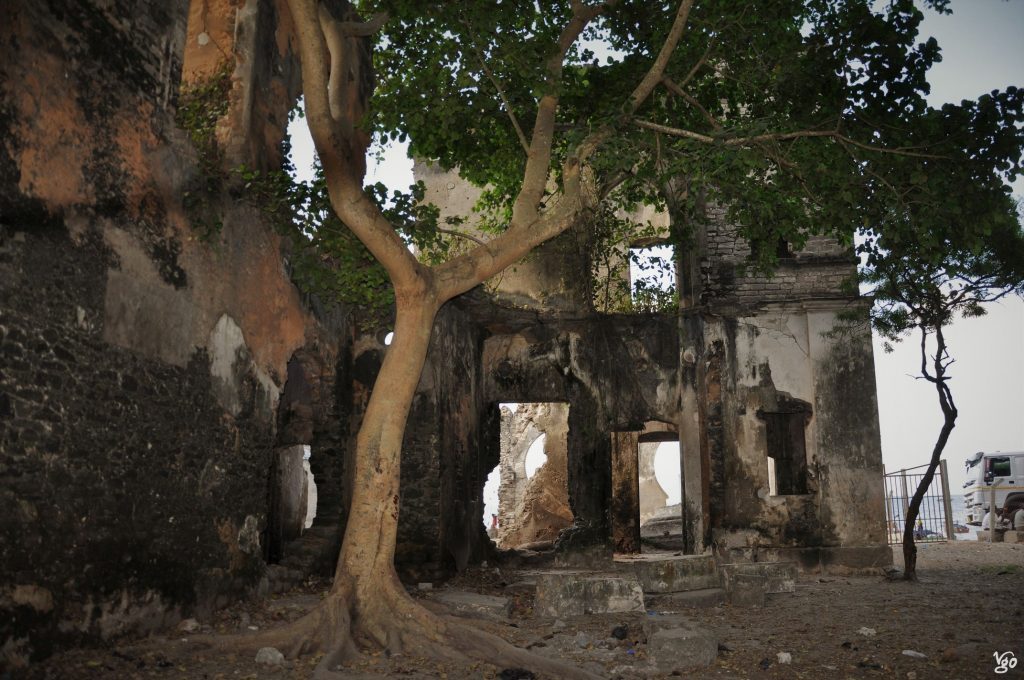
Although Bagamoyo is miniscule when compared to Tanzanias main economical hub today, Dar es-Salaam, its history features a few superlatives. Amongst other things, Bagamoyo is said to have the first Christian church on the East African mainland (where Livingstone’s body was kept the night before he was taken to Zanzibar). Nearby Kaole allegedly is the site of East Africa’s first mosque, of which there remains but a ruin. This makes it a rather expensive place for the visitor who wants to see all the historical sites. For foreigners the entrance fee is a stifling 20,000 TZS ($10), and there are three sites to see, though you won’t see much more than a ruined building and then some. I managed to work my way in through making a donation – of half the value of the entrance fee, and I suspect it went into the pockets of those checking tickets.
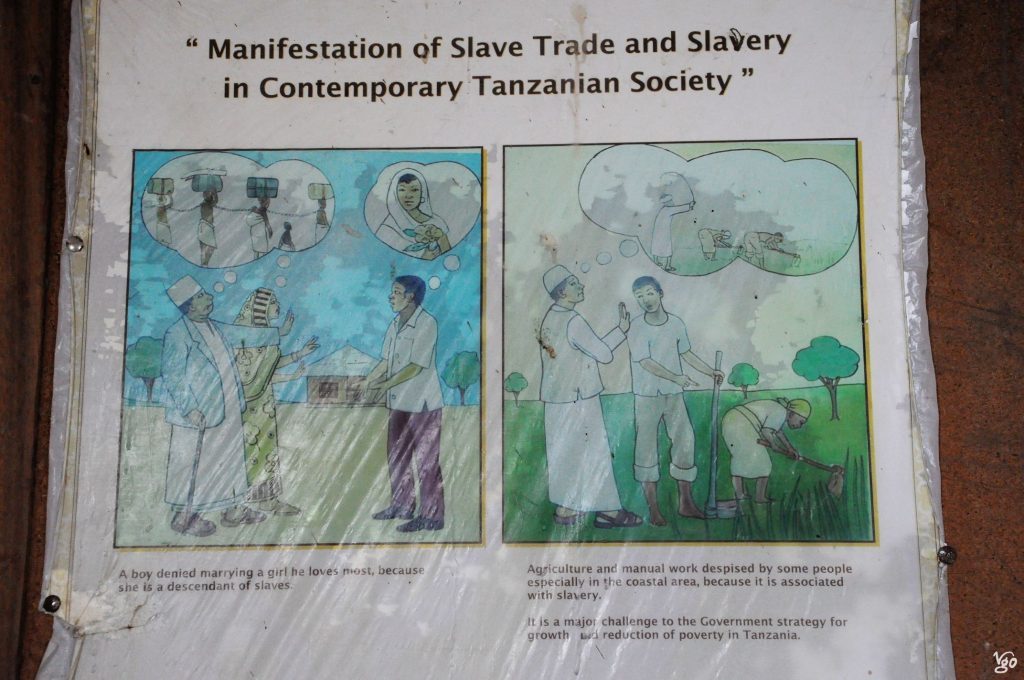 Trade in Bagamoyo involved ivory as well as the slaves who carried it from the African interior, Lake Tanganyika, Congo, Lake Malawi and so on, and who themselves were shipped to Zanzibar and then to Asia. Hence Bagamoyo became one of those sad places “of no return”, which makes its kiSwahili name sound rather cynical. Routinely castrated, these slaves did not usually establish African communities in the lands they were taken to from here, unlike in the West Indies and the USA. Those who were forced into slavery in coastal towns like Bagamoyo, where slavery was abolished only in 1922, often go by the name Mtumwa ‘slave’ still today. This makes it virtually impossible to get married other than to another descendent of slaves, and “slave labour” such as farming is still frowned upon by coastal people.
Trade in Bagamoyo involved ivory as well as the slaves who carried it from the African interior, Lake Tanganyika, Congo, Lake Malawi and so on, and who themselves were shipped to Zanzibar and then to Asia. Hence Bagamoyo became one of those sad places “of no return”, which makes its kiSwahili name sound rather cynical. Routinely castrated, these slaves did not usually establish African communities in the lands they were taken to from here, unlike in the West Indies and the USA. Those who were forced into slavery in coastal towns like Bagamoyo, where slavery was abolished only in 1922, often go by the name Mtumwa ‘slave’ still today. This makes it virtually impossible to get married other than to another descendent of slaves, and “slave labour” such as farming is still frowned upon by coastal people.
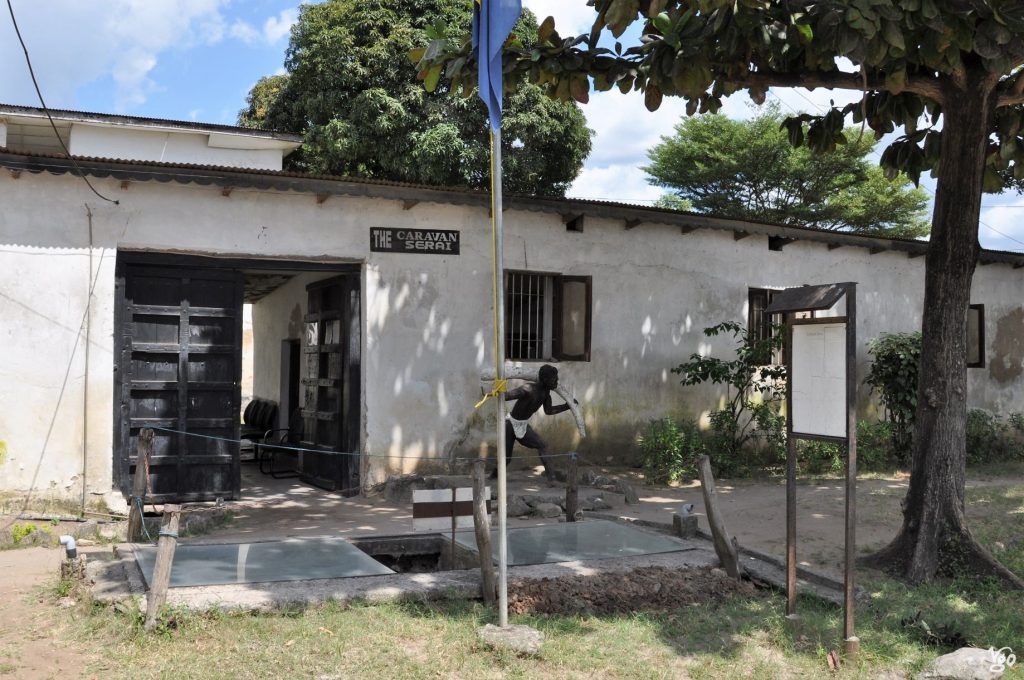
the Caravanserai – a centre of the slave trade
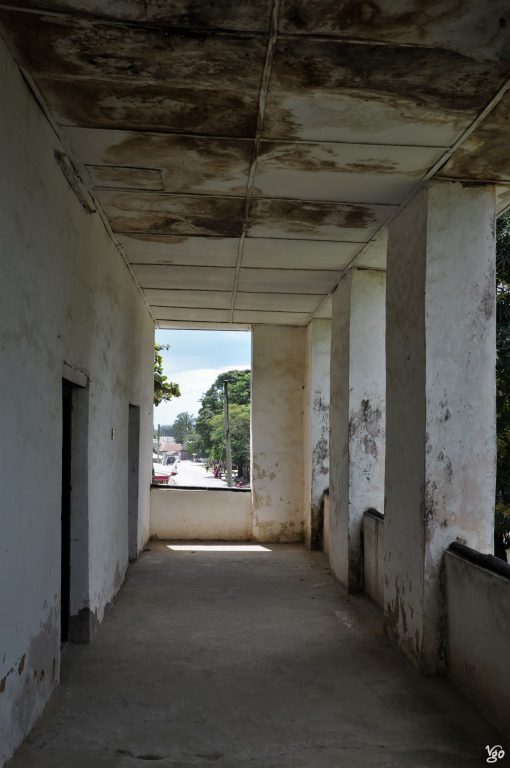 German colonialism brought with it pros and cons. KiSwahili shule ‘school’ points to a pro, another one is the end of slavery. Bagamoyo today features many ruins of German East-African colonialism as well as a German cemetery. I found it very strange to walk these relics of German colonialism – I guess I’m more used to damage and destruction caused by German nazis than by German colonizers.
German colonialism brought with it pros and cons. KiSwahili shule ‘school’ points to a pro, another one is the end of slavery. Bagamoyo today features many ruins of German East-African colonialism as well as a German cemetery. I found it very strange to walk these relics of German colonialism – I guess I’m more used to damage and destruction caused by German nazis than by German colonizers.
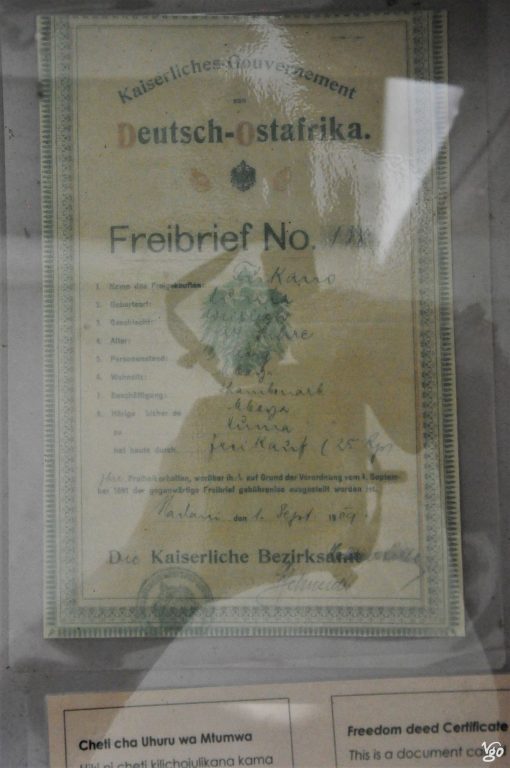
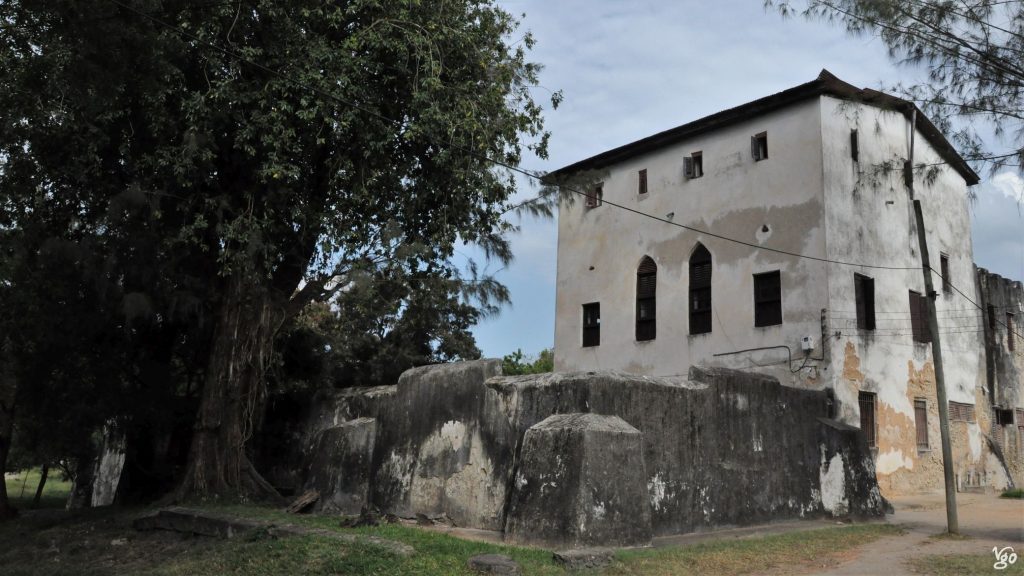
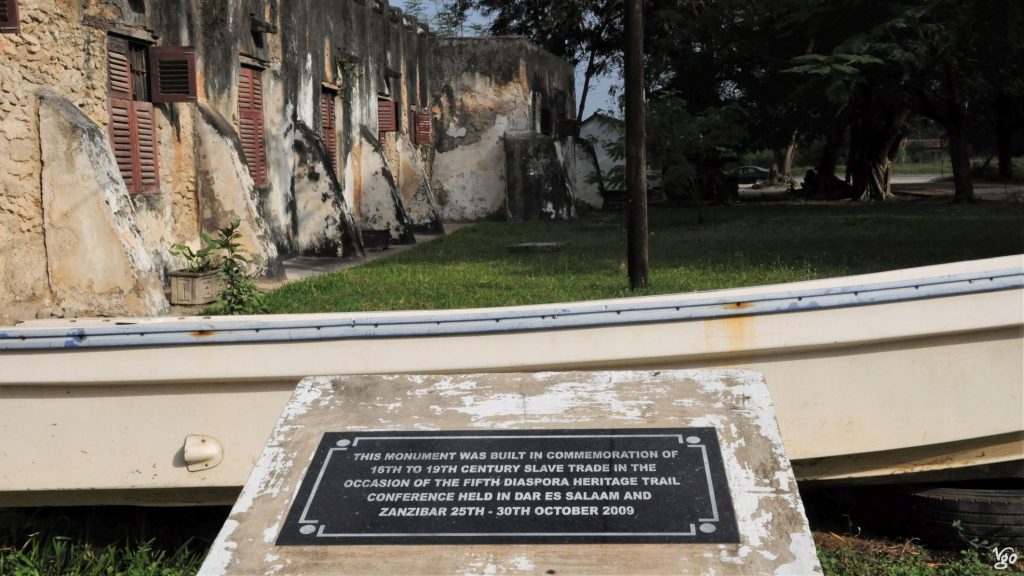
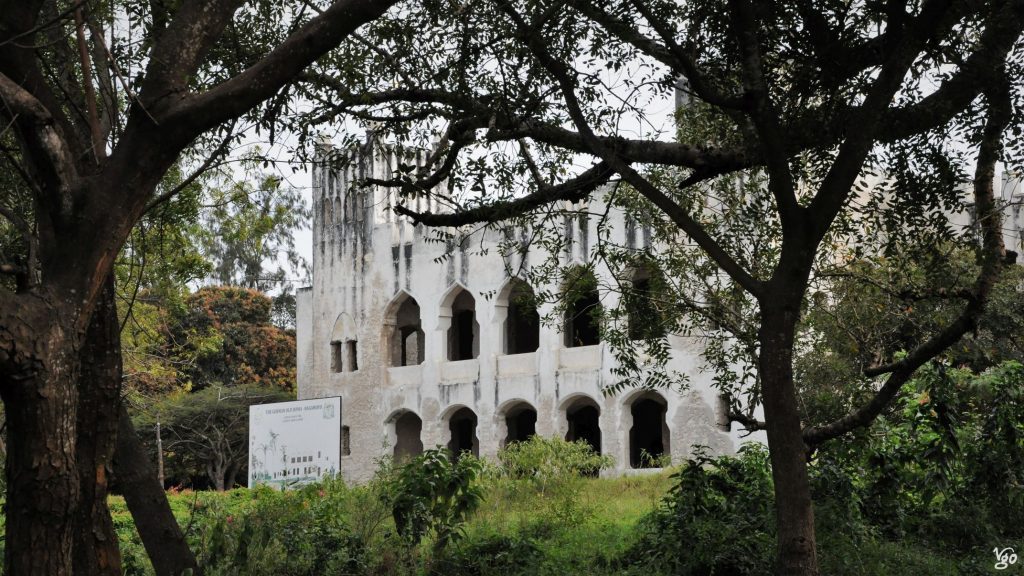
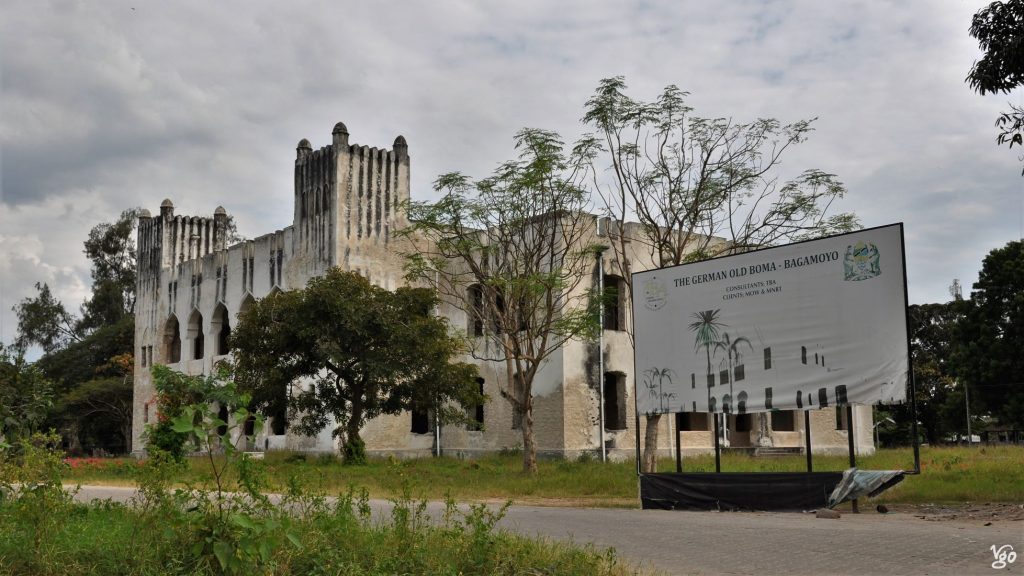
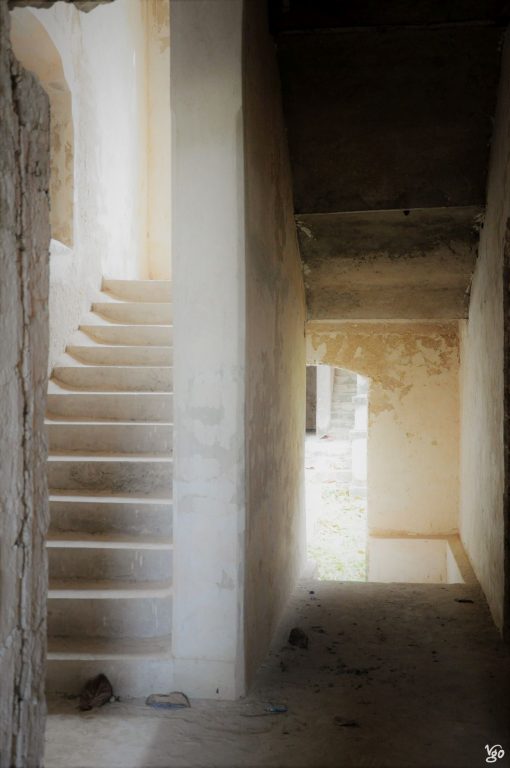
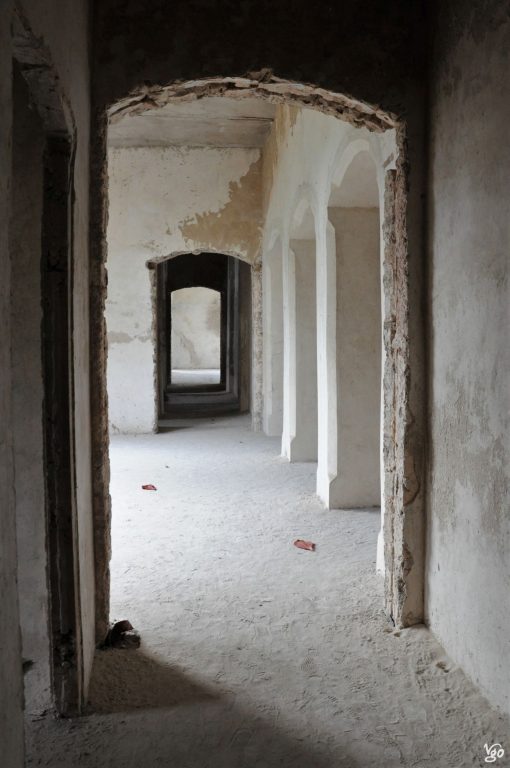
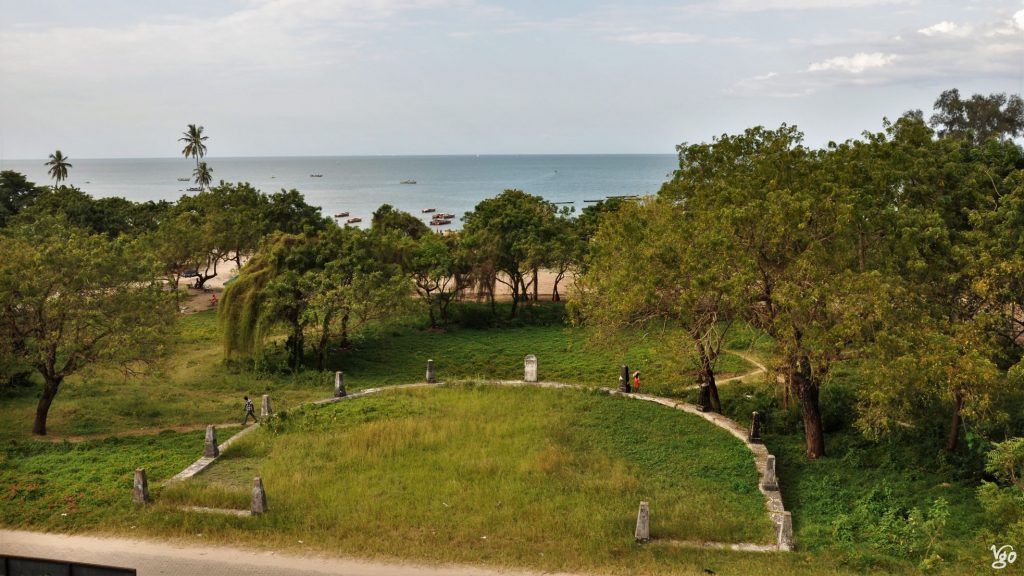
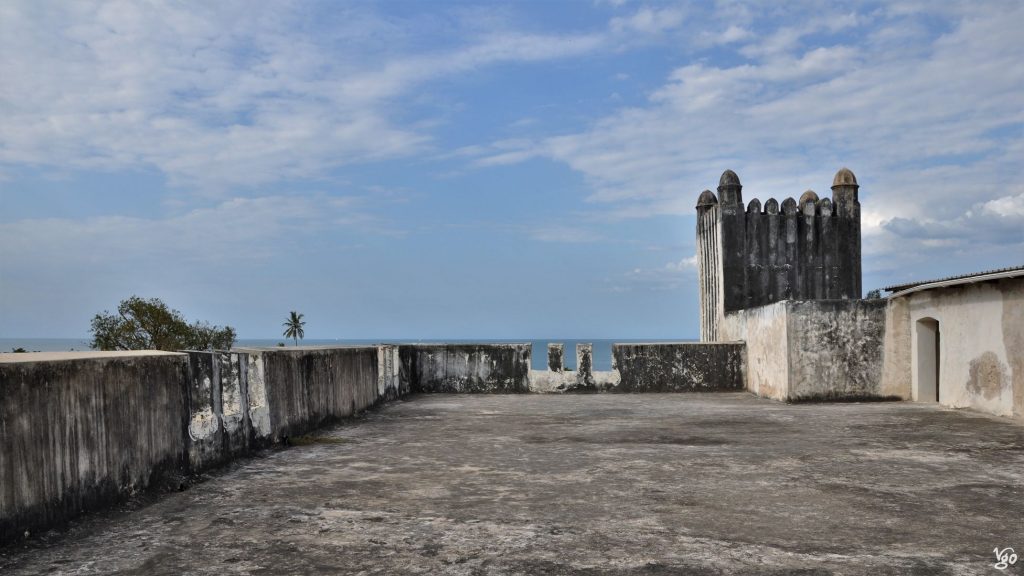
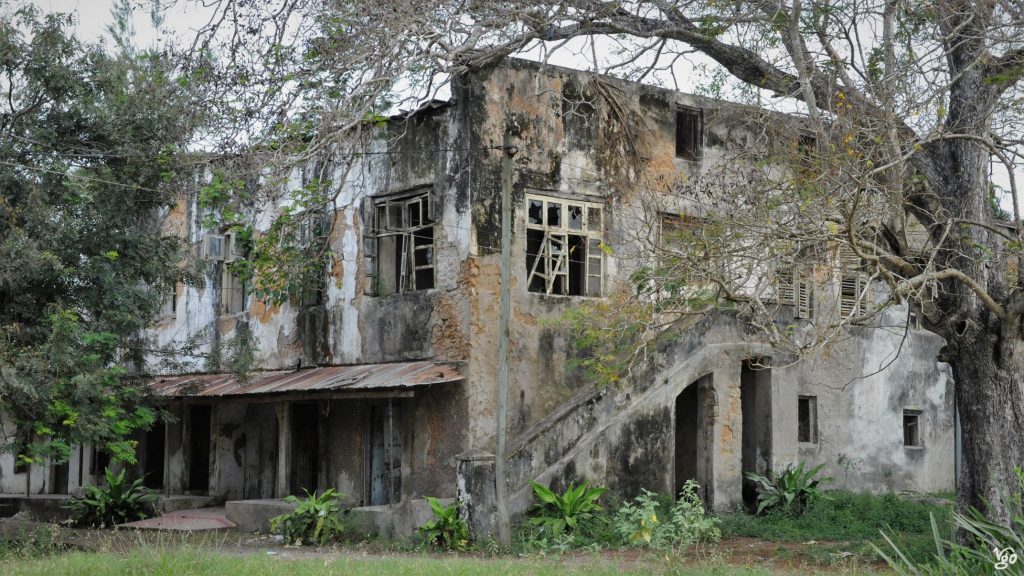 The lover of ruins has a great time in Bagamoyo. From ruined buildings of the German colonial government over old houses of Arab traders all the way to the thirteenth-century ruins and tombs of Kaole, you get ruins of all shapes and sizes, and degrees of decay.
The lover of ruins has a great time in Bagamoyo. From ruined buildings of the German colonial government over old houses of Arab traders all the way to the thirteenth-century ruins and tombs of Kaole, you get ruins of all shapes and sizes, and degrees of decay.
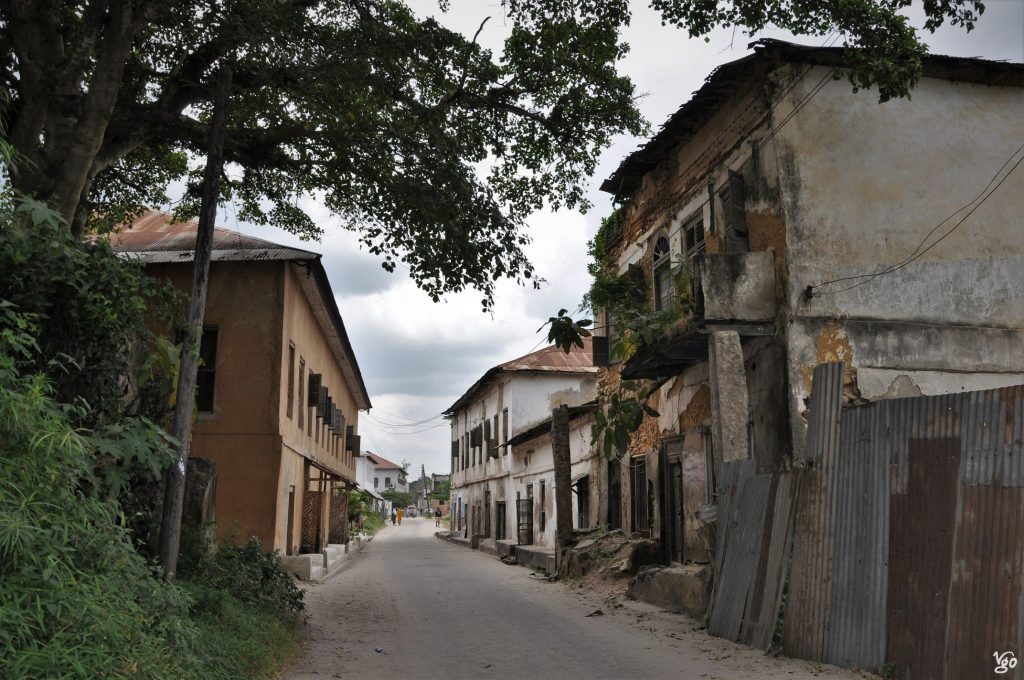
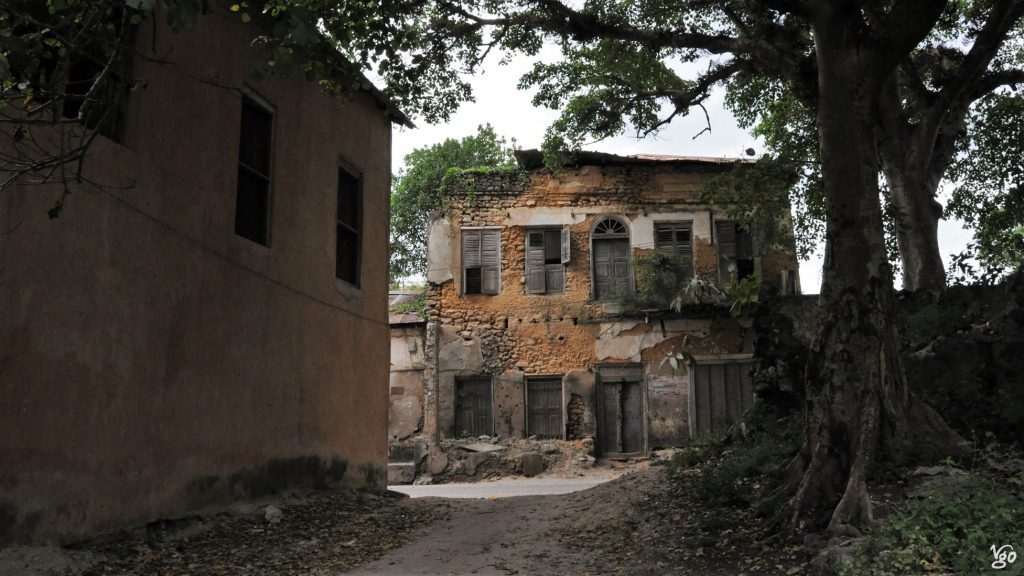
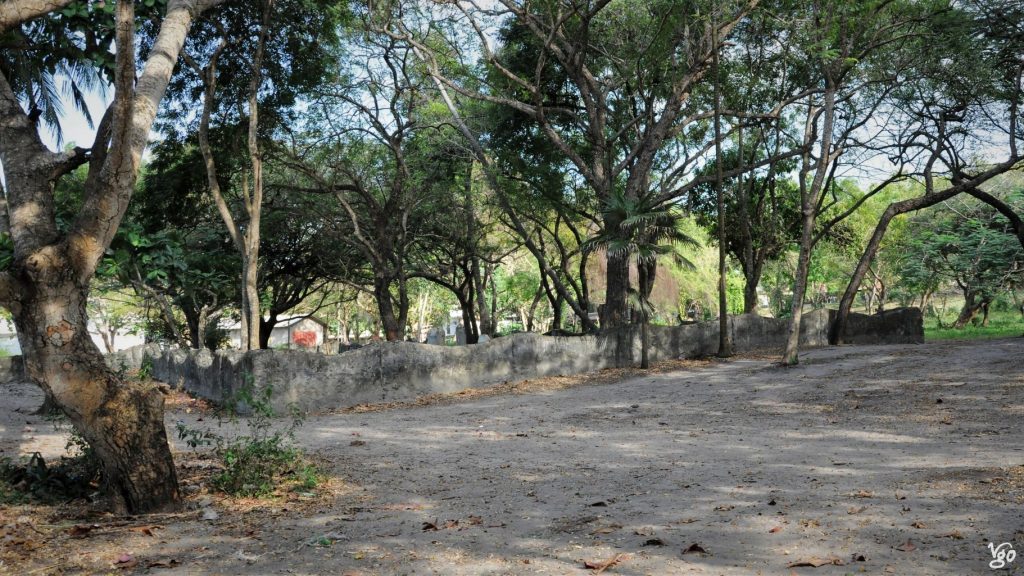
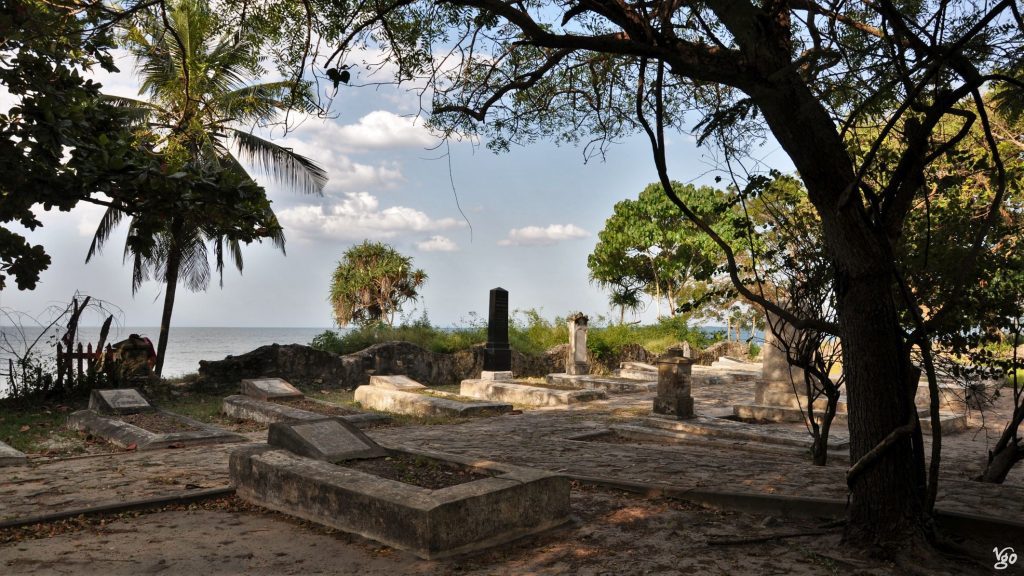
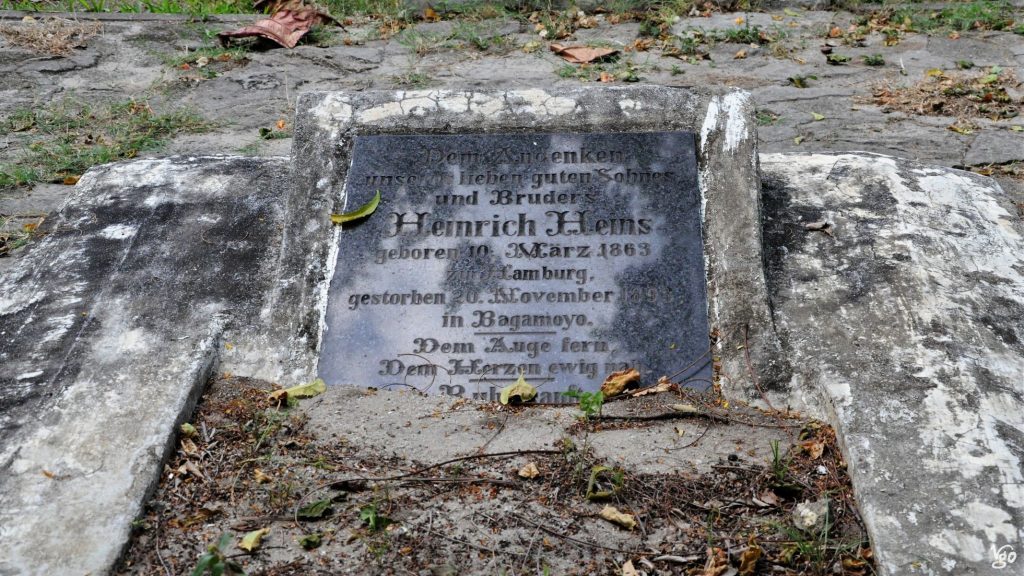
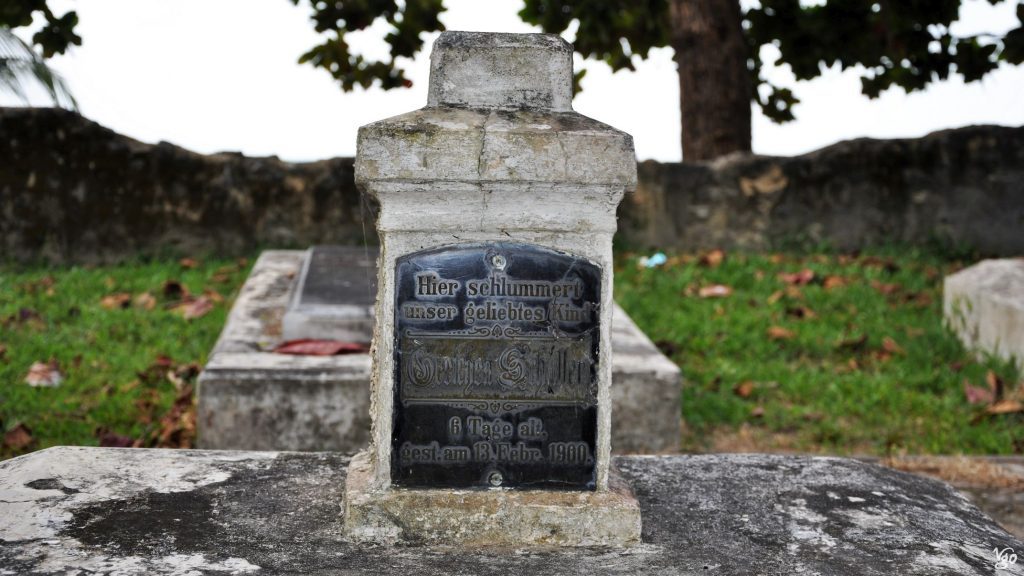
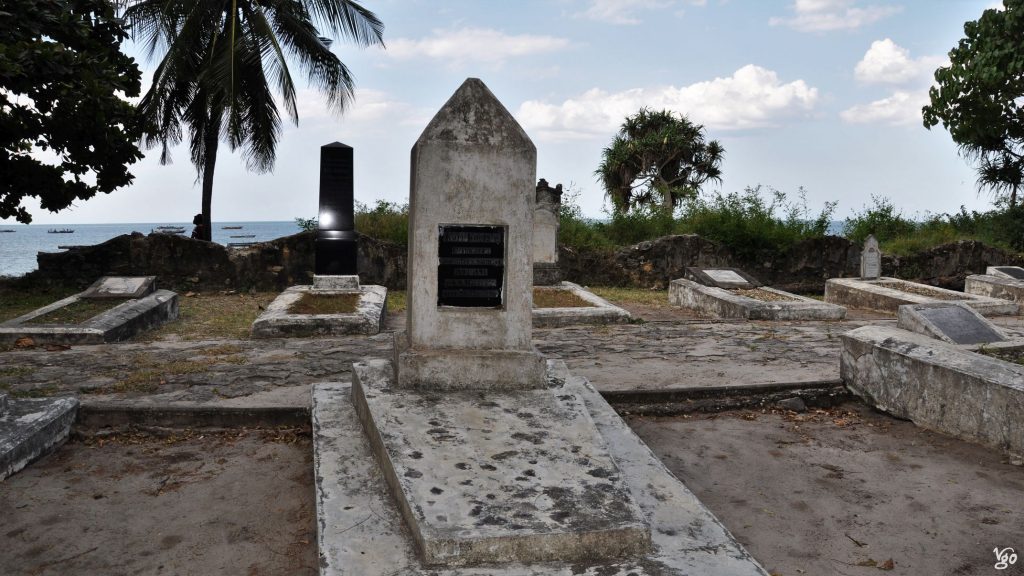
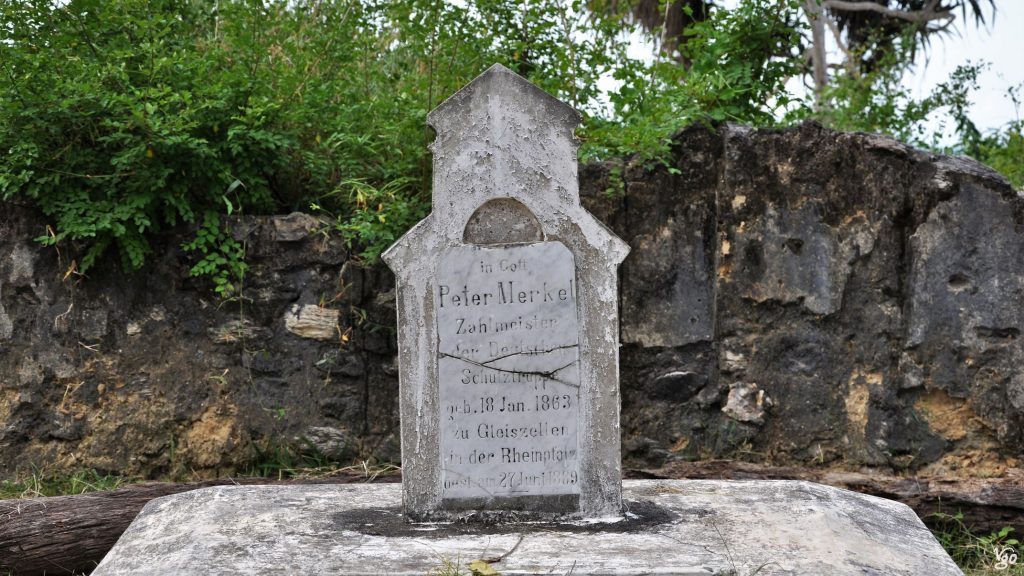
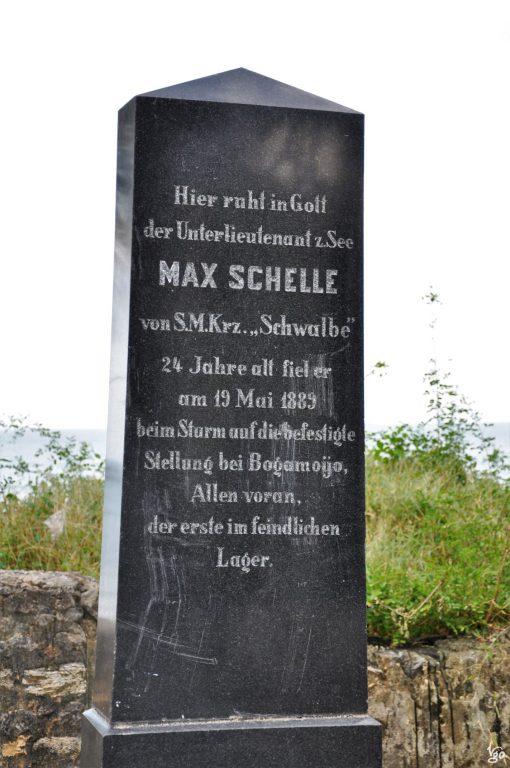
Holy Ghost Mission
This is the site of the Roman Catholic headquarters on their mission to incorporate them African pagans into the una sancta catholica, and teach them the truth that they’d obviously no idea of prior to the arrival of the missionaries. Eish, an ongoing story … David Livingstone’s body was kept here for a night, before a ship named Vulture took it to Zanzibar from where it was shipped to England. The walk to the site was really nce, along an alleyway of mango trees. If only they were in season and not just in bloom like now!
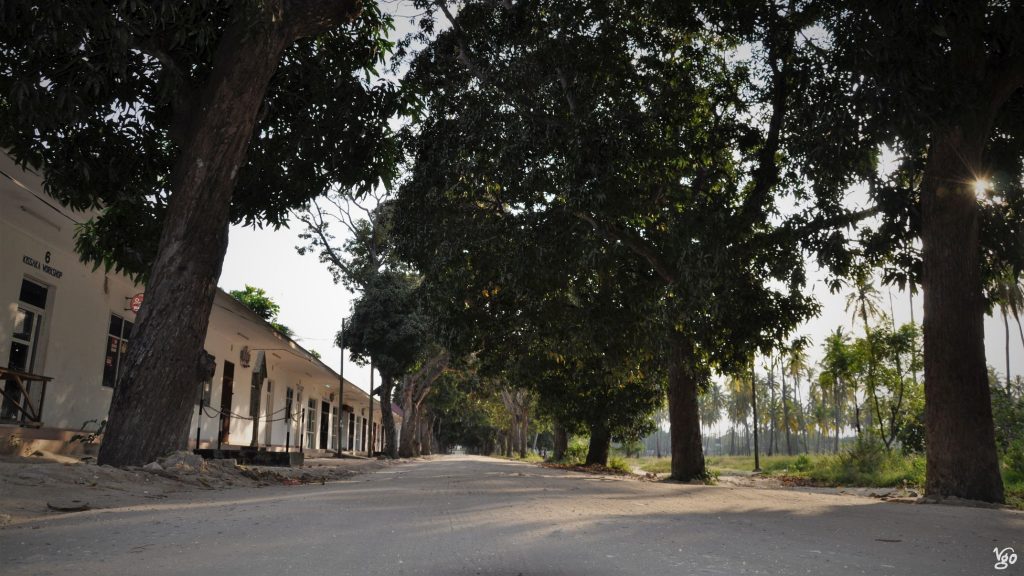
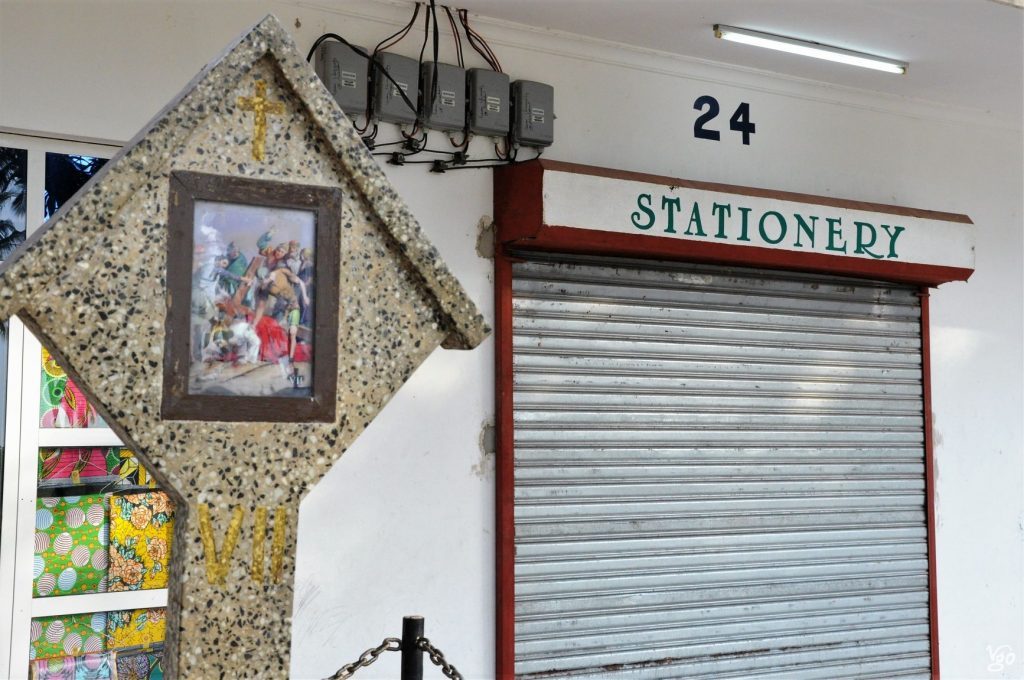
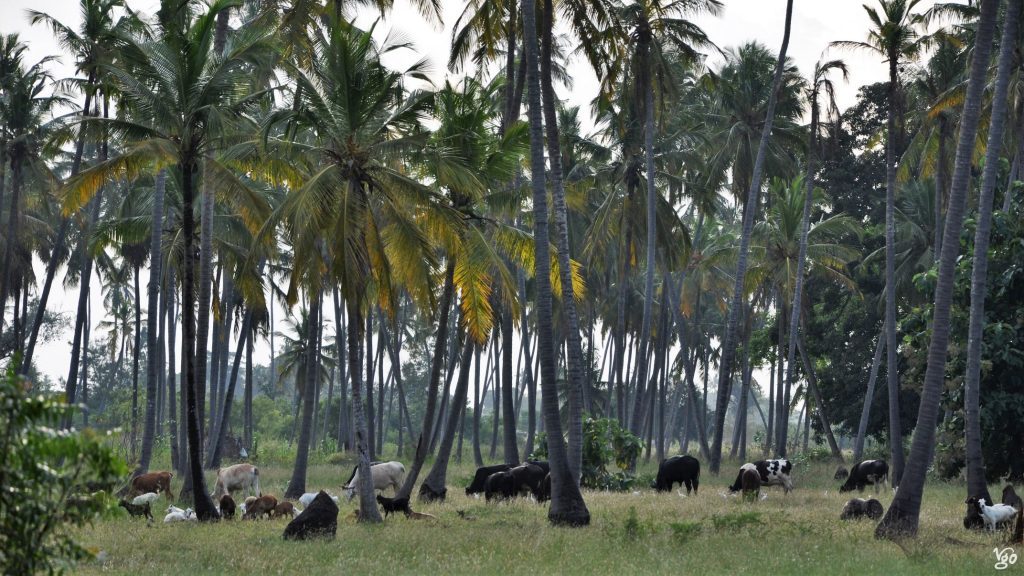
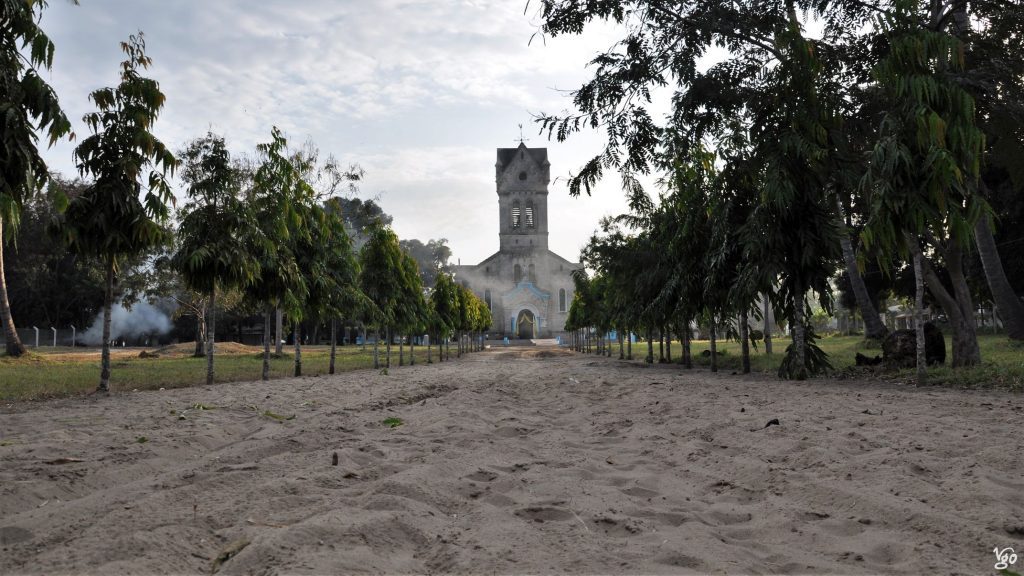
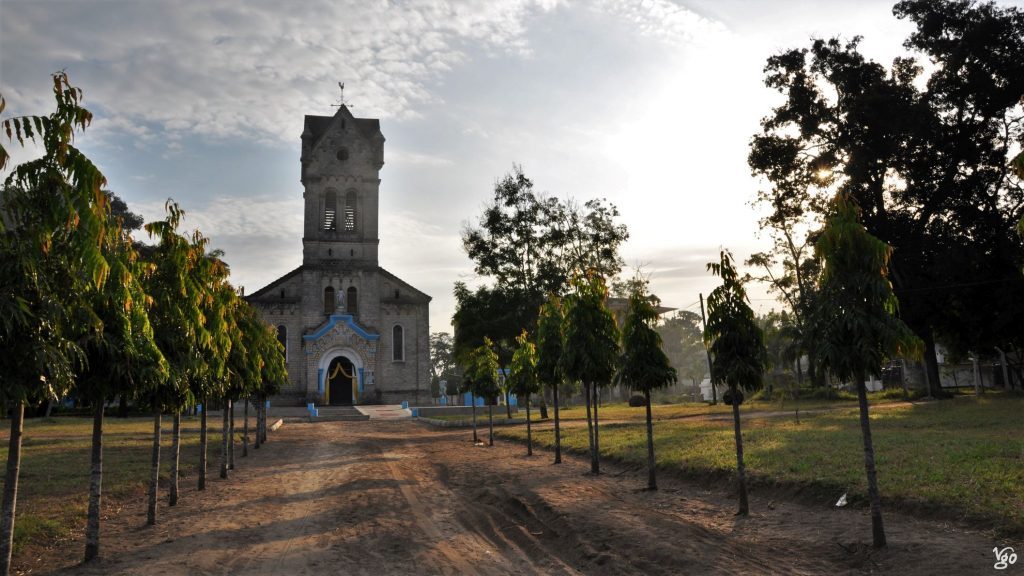
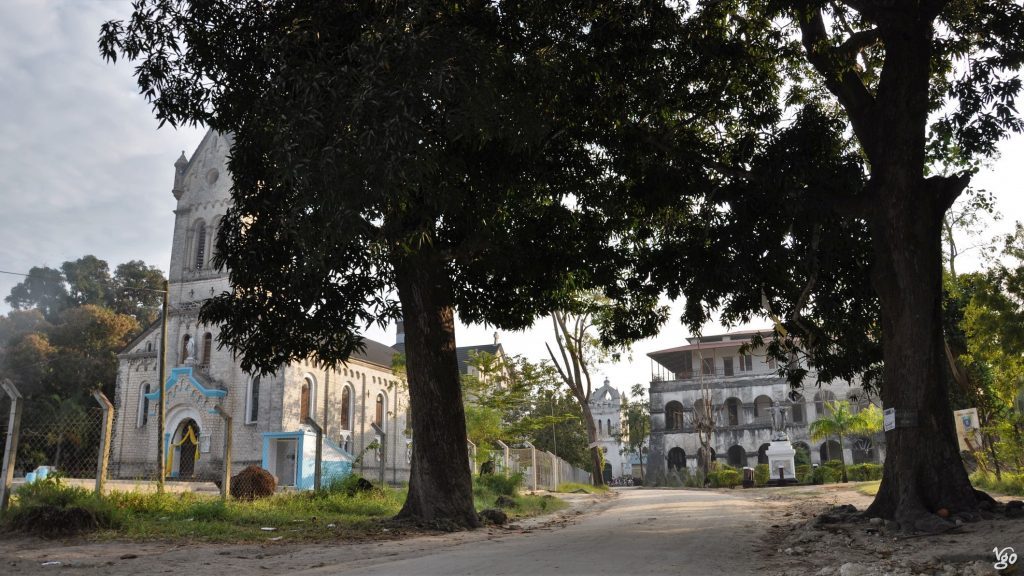
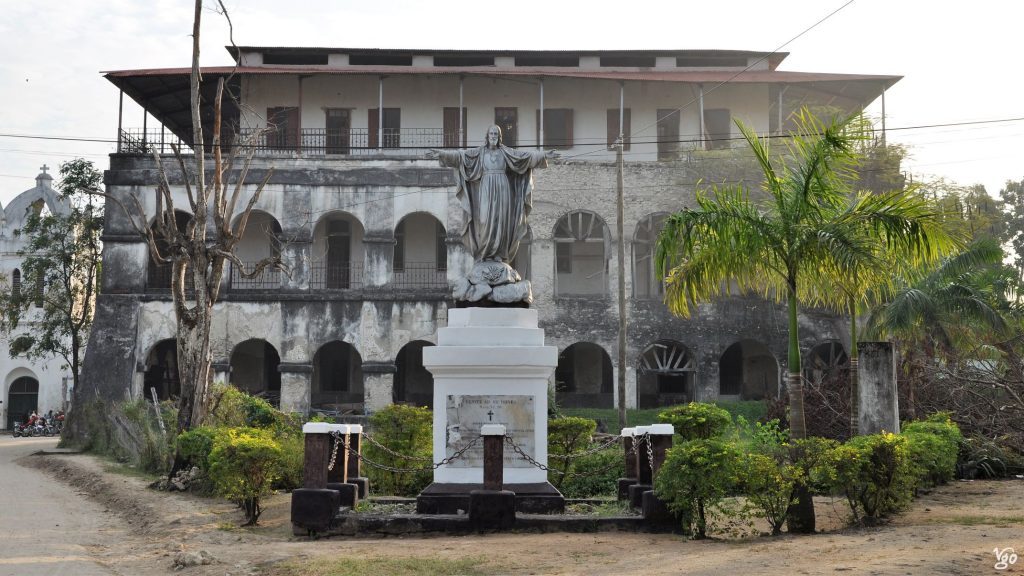
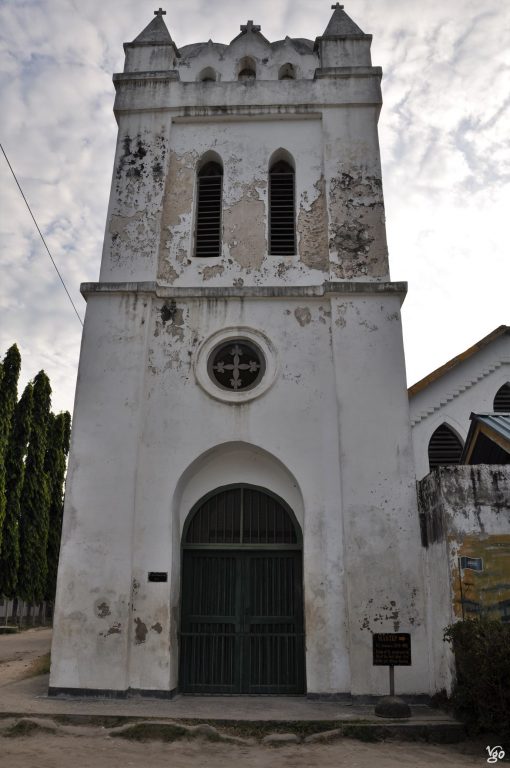
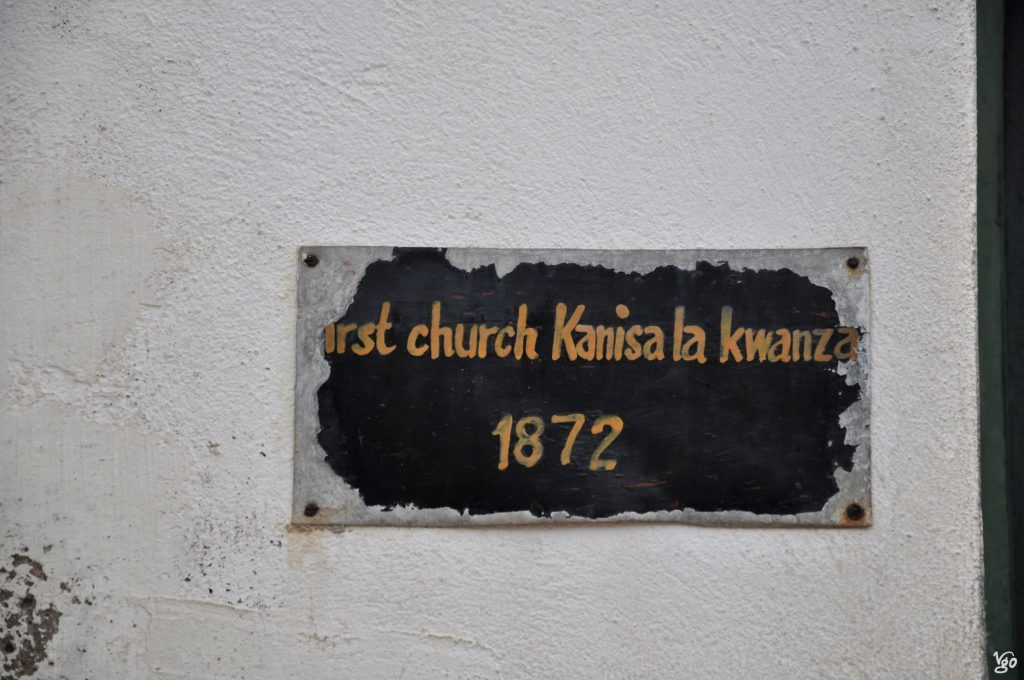
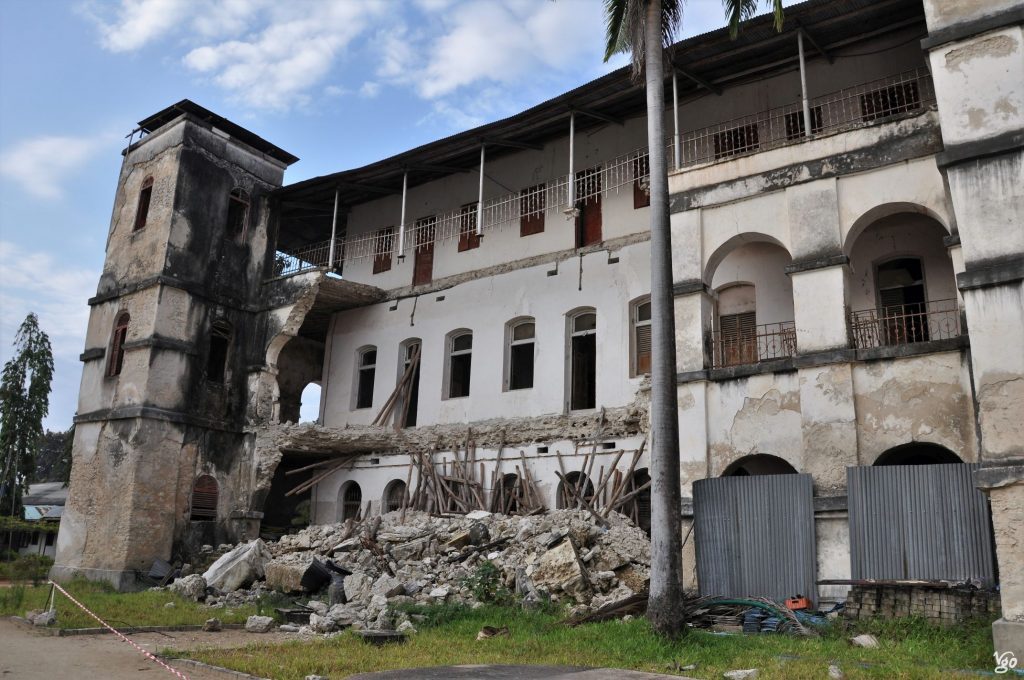
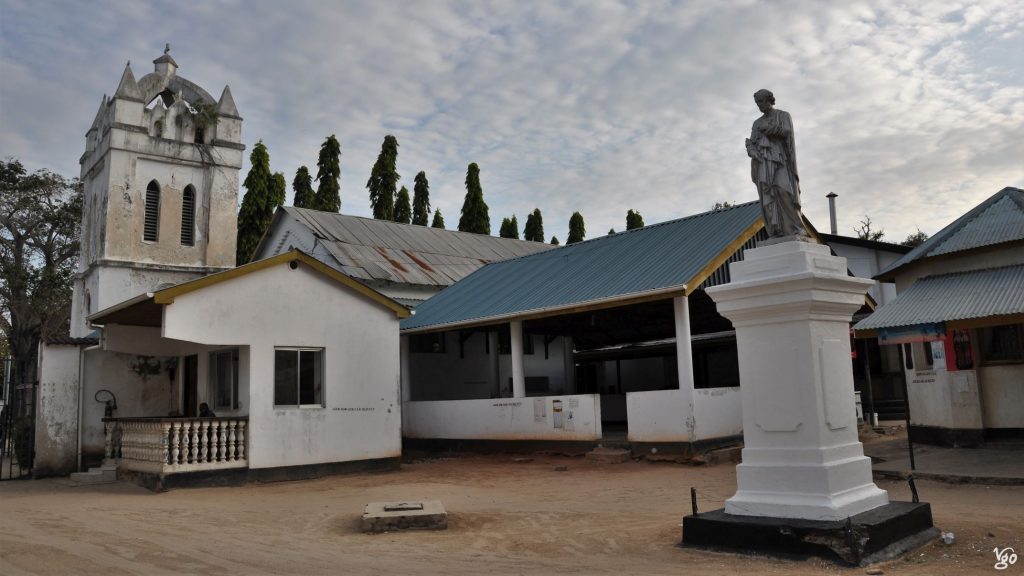
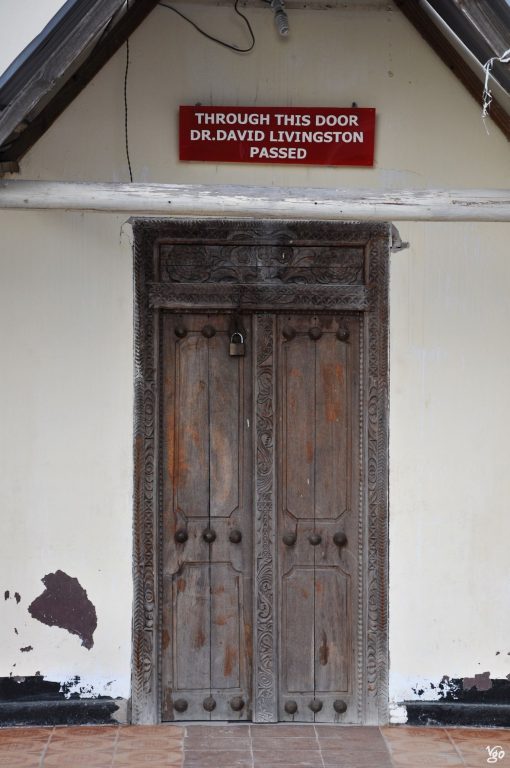
Kaole
The site features picturesque ruins and tombs, including the tomb of the two lovers who died at sea (which in the romanticism of its purported (hi)story reminded me of Heloise & Abelard at Père Lachaise cemetery in Paris).
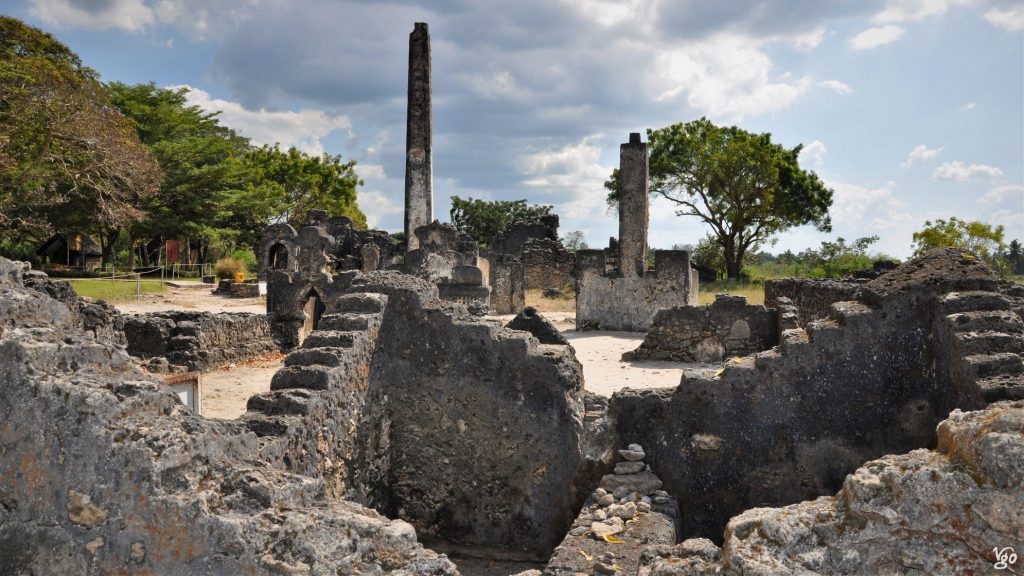
the tomb of the lovers
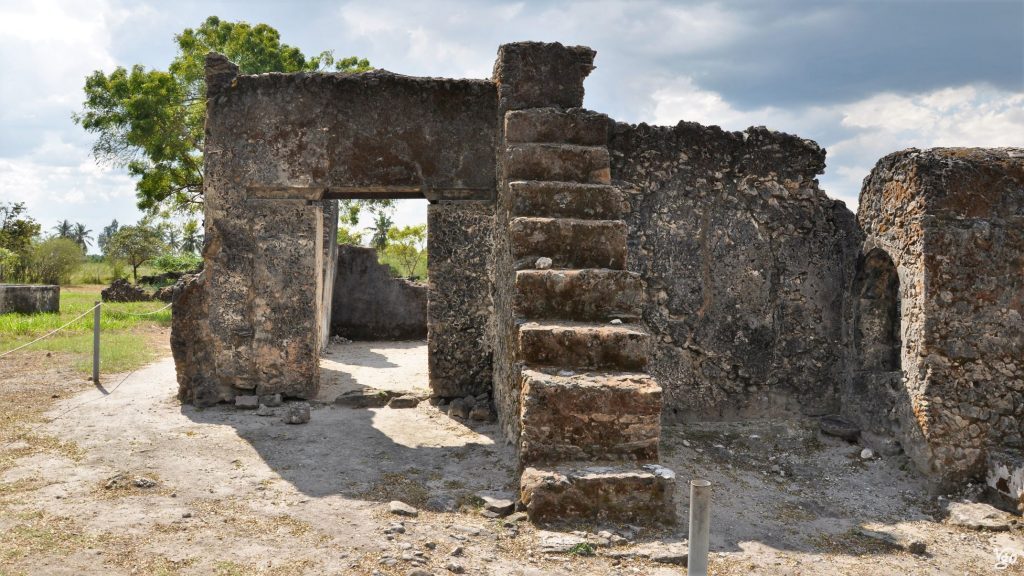
the first mosque in mainland East Africa
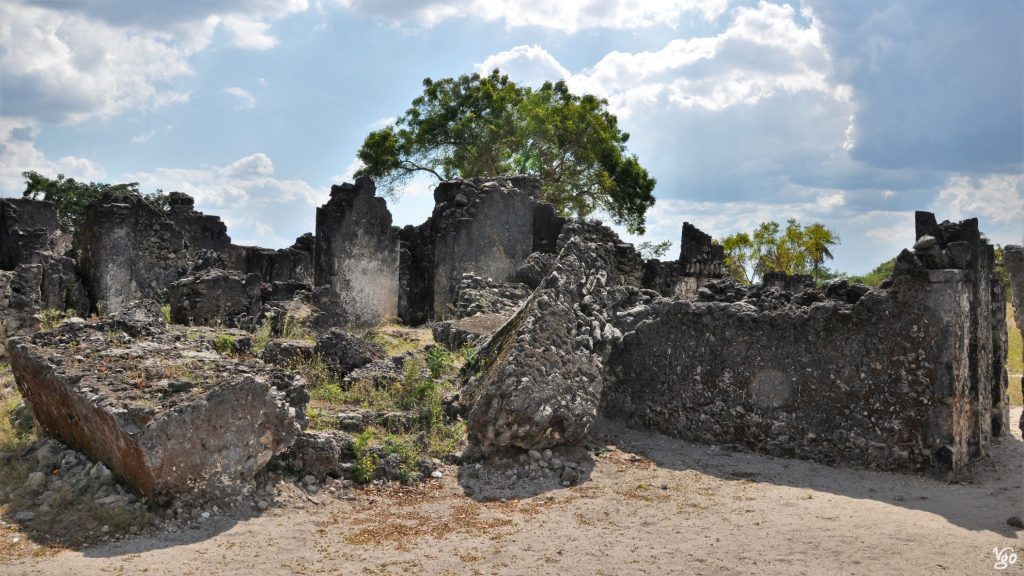
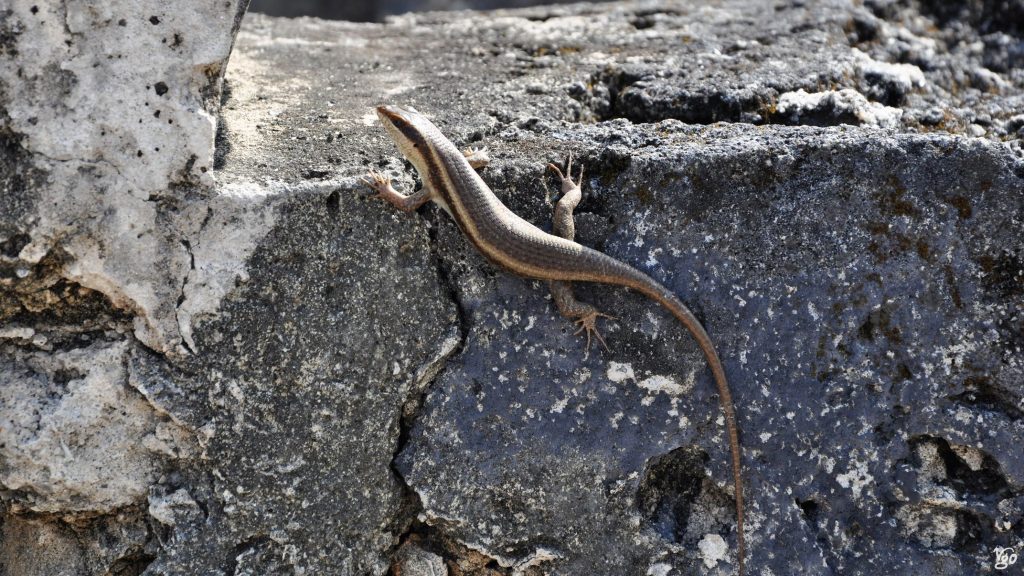
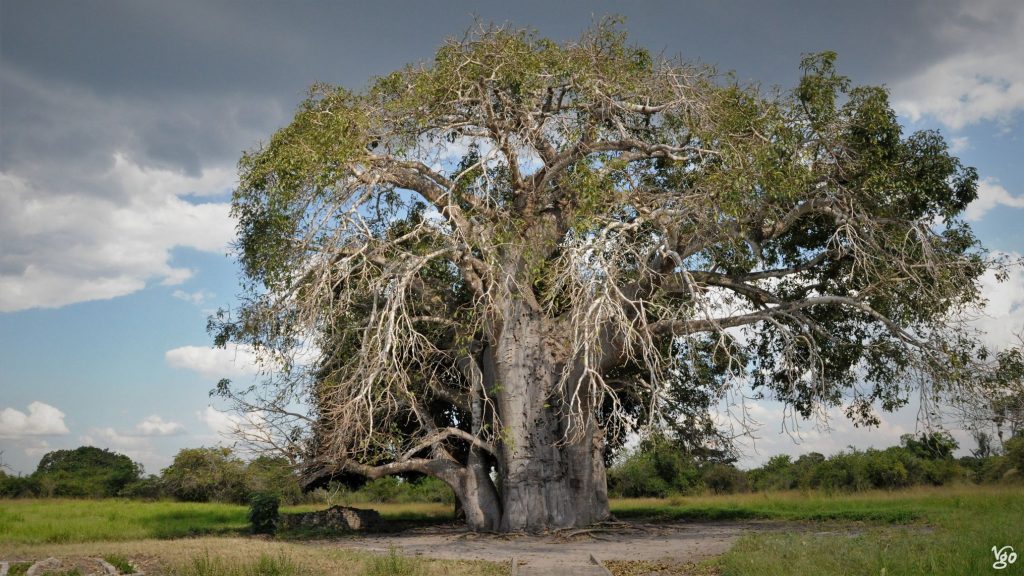
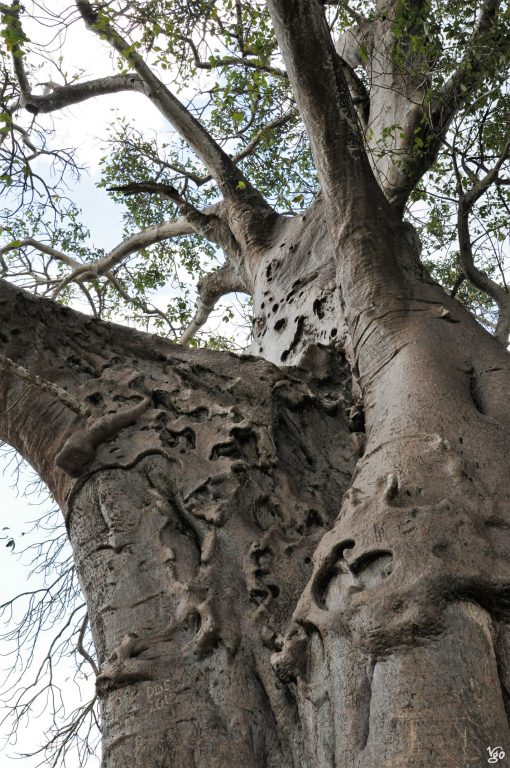
This baobab is quite a magical tree, and Robert, my guide and bodaboda driver, showed quite some respect. Not everyone in the local community would approach it easily, and certainly not by night time. However, there is a tradition according to which you can prolong your life by walkig around the tree once (or more times?). I did one round, so we’ll see. Another tradition has it that when you drive a nail into the wood, whatever you wish for (say, a political career) will last as long as the tree lives. That can be very very long.
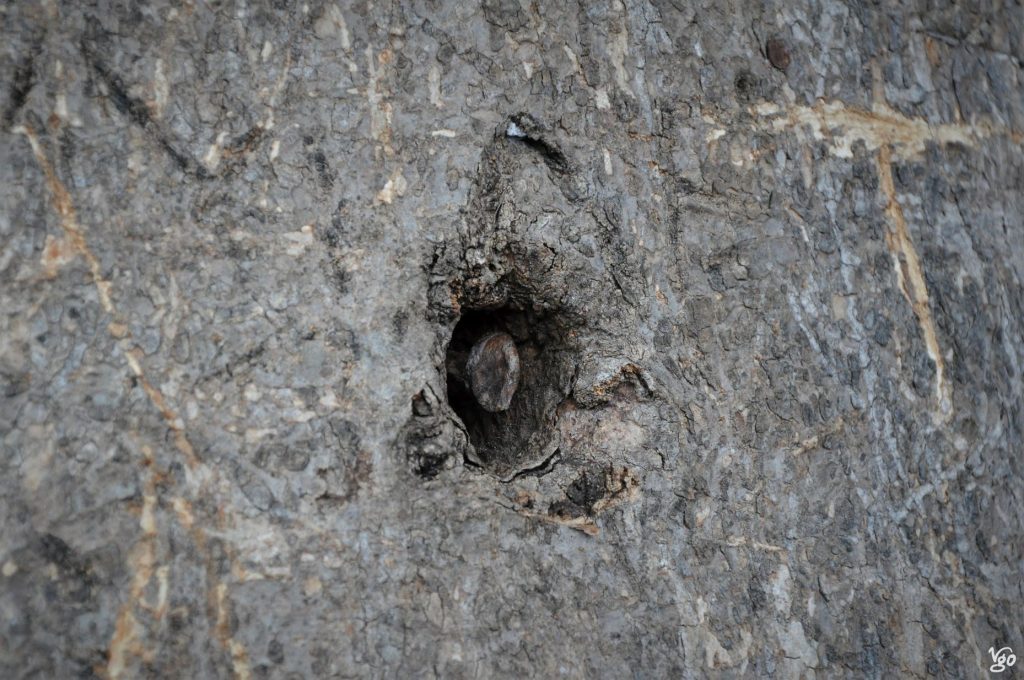
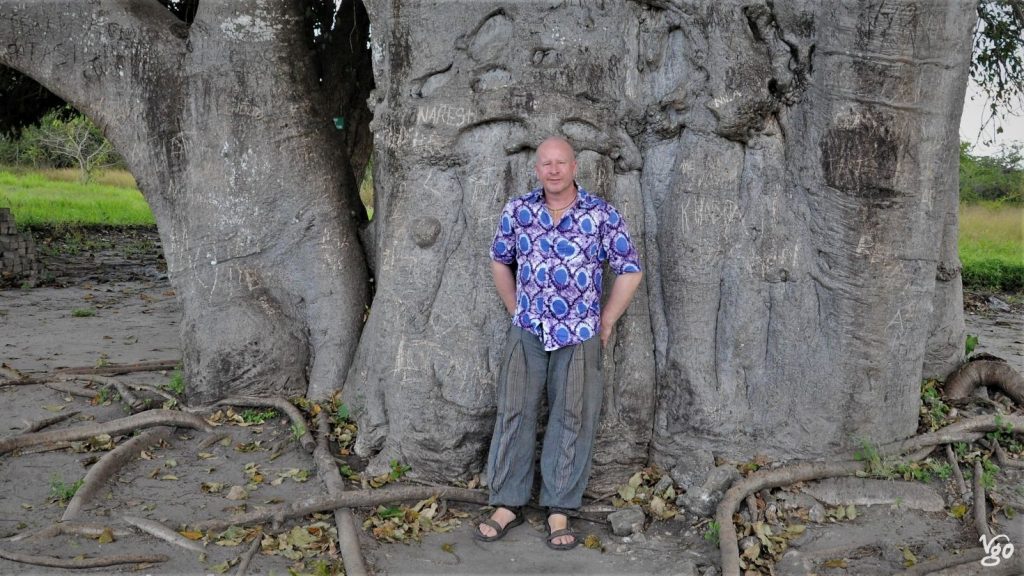
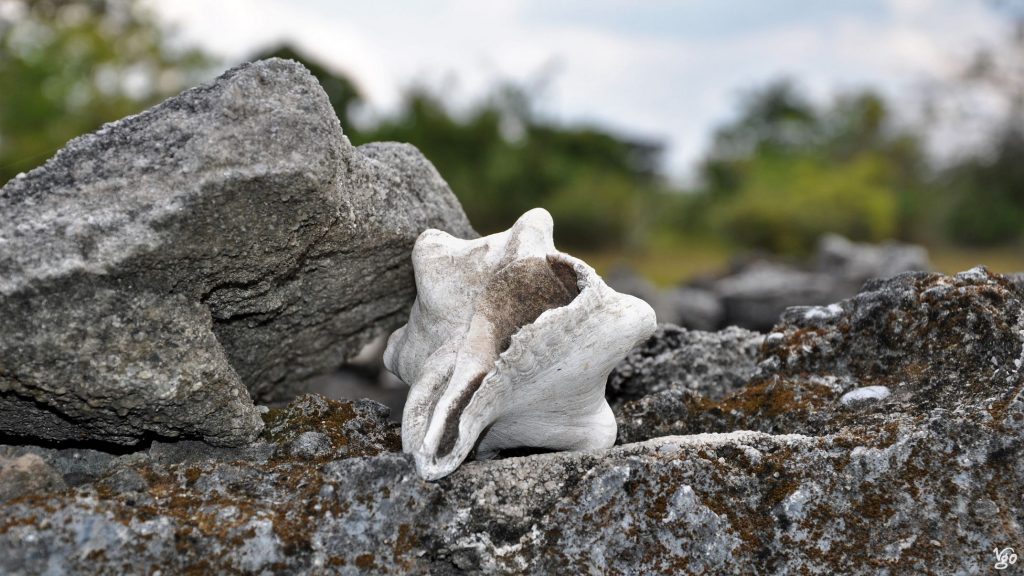
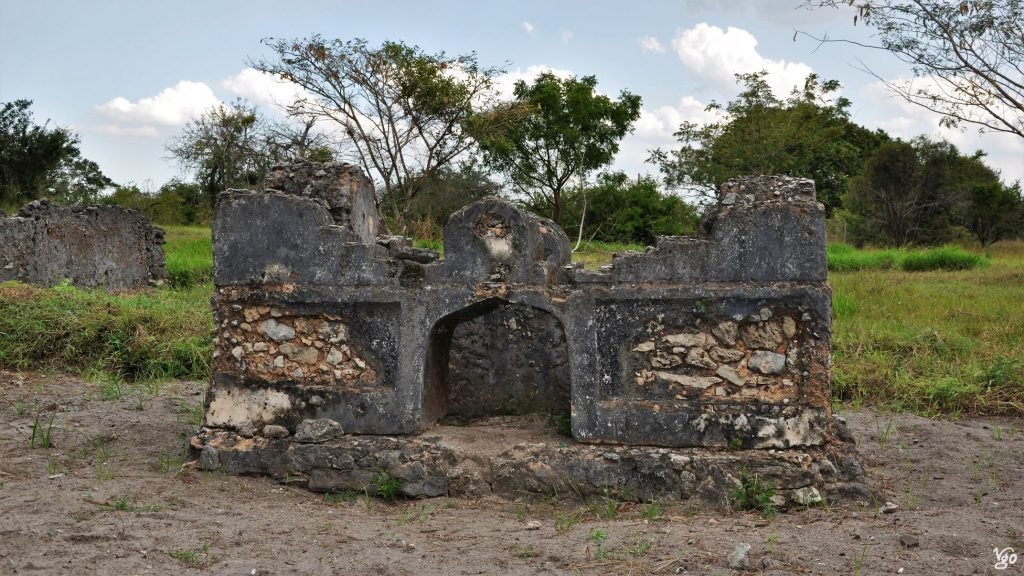
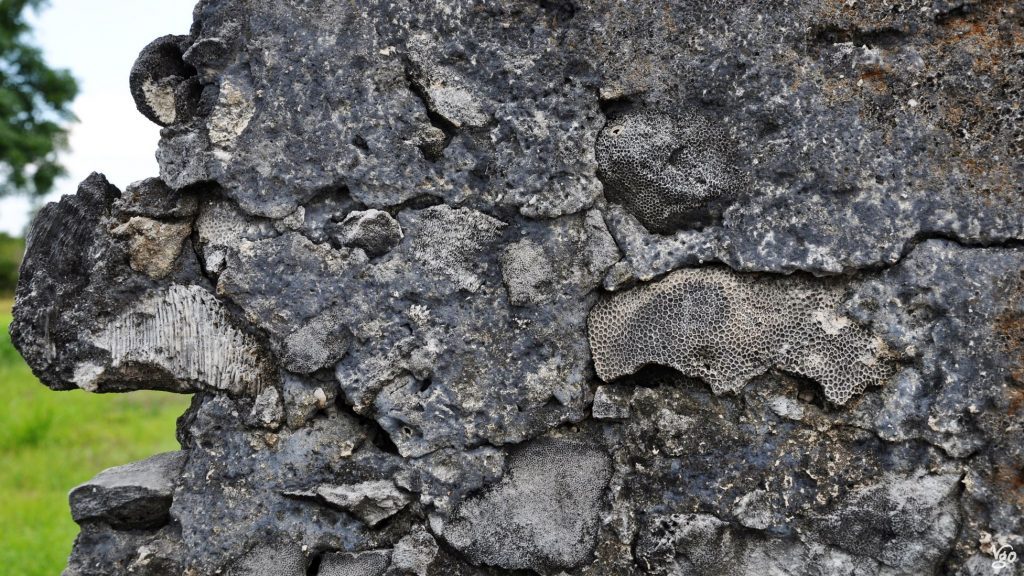
Photowalk
I thoroughly enjoyed walking around with my camera, though som travel guides on the web said to be careful aorund the beach area, notably the fish market. I’ve come to adopt a policy of not taking pics of people without their agreement, and the camera – easily distancing you from people – can become a great connector with people. I think by now I have a good sensor of what’s possible with whom, and I’m happy to accept a no. And I feel confident enough to walk around with camera, and openly express my interest in pics, so no-one has to second-guess me. This way I got some great pics from Bagamoyo, I find.
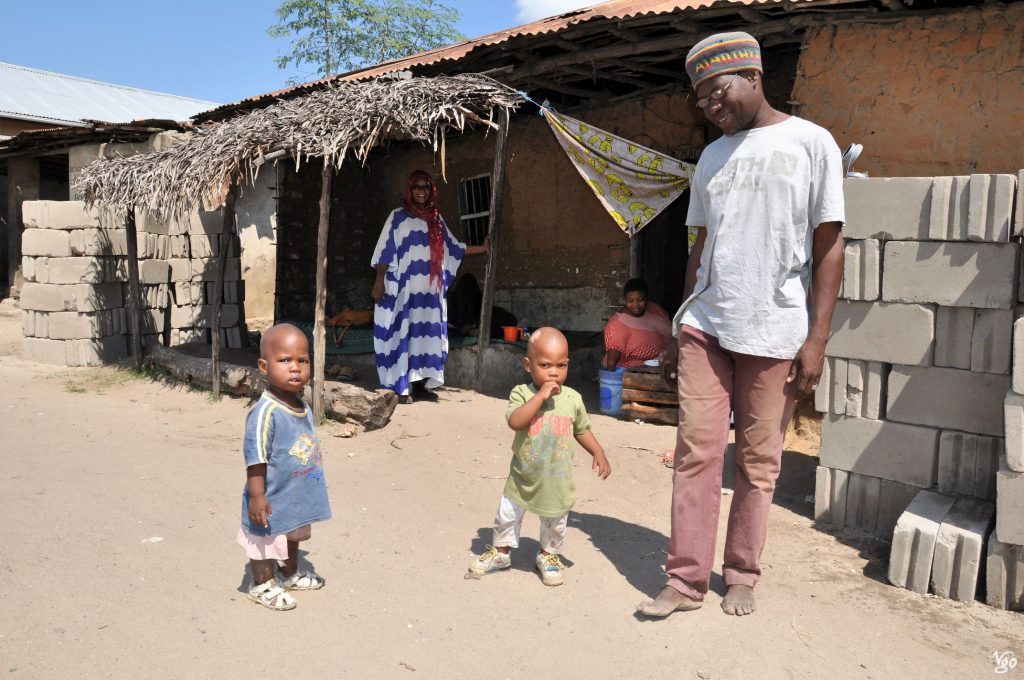
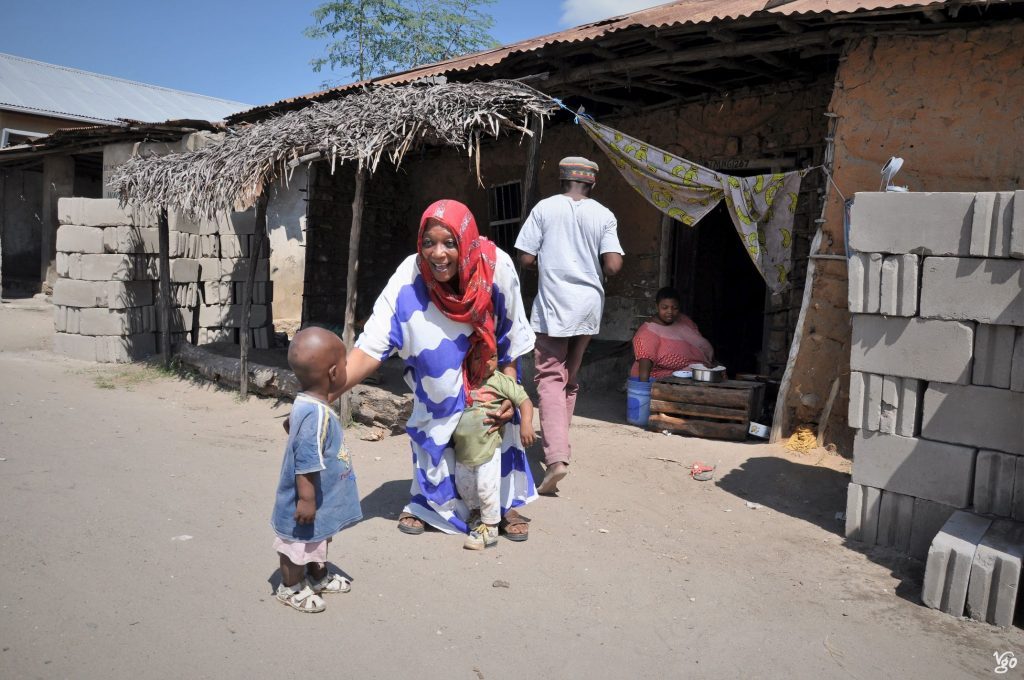
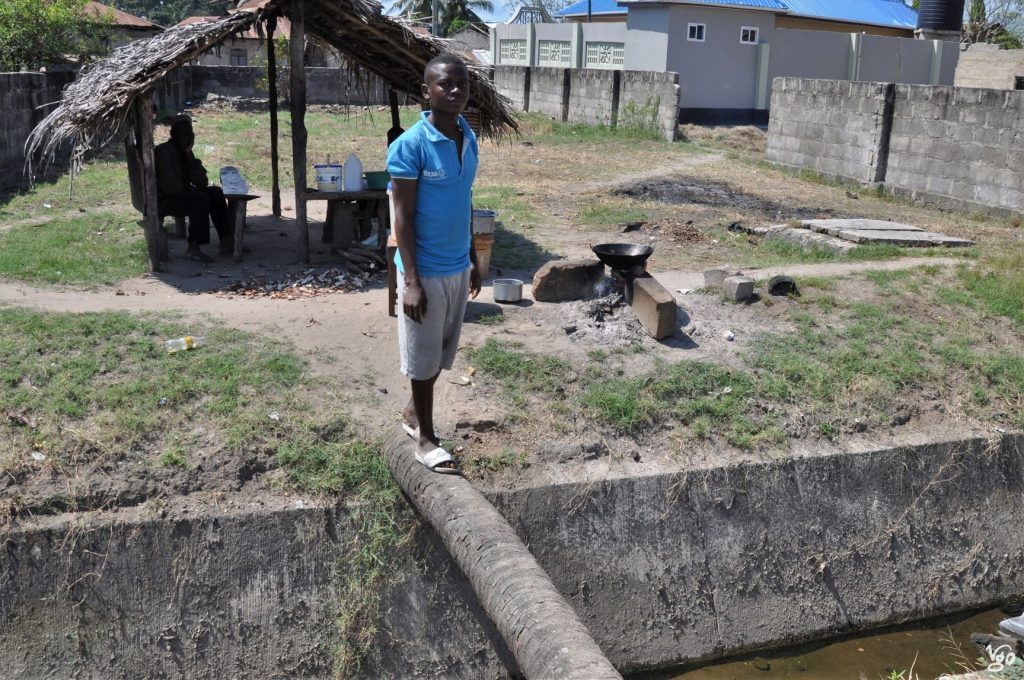

Musa and Zainab
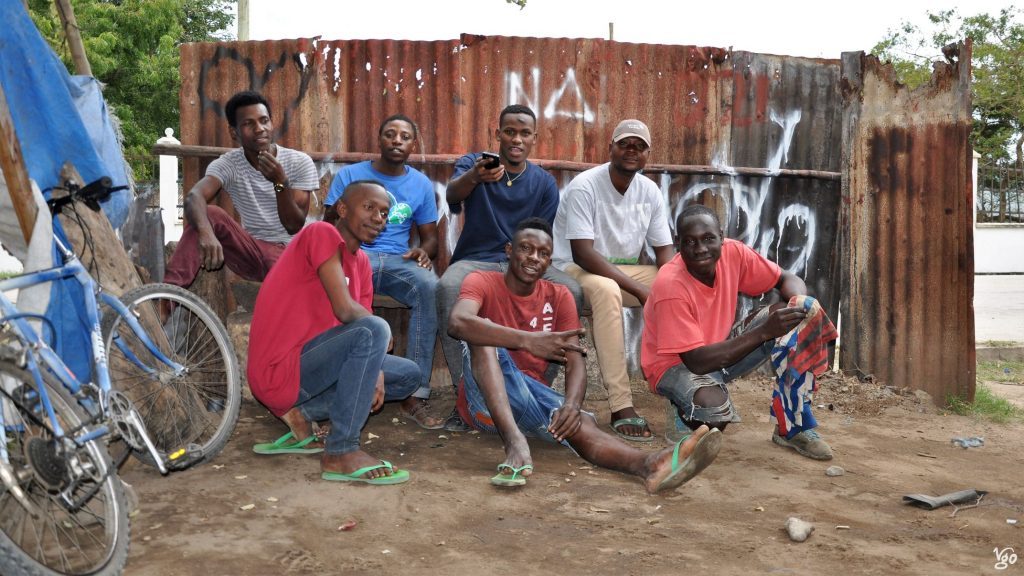
the welders
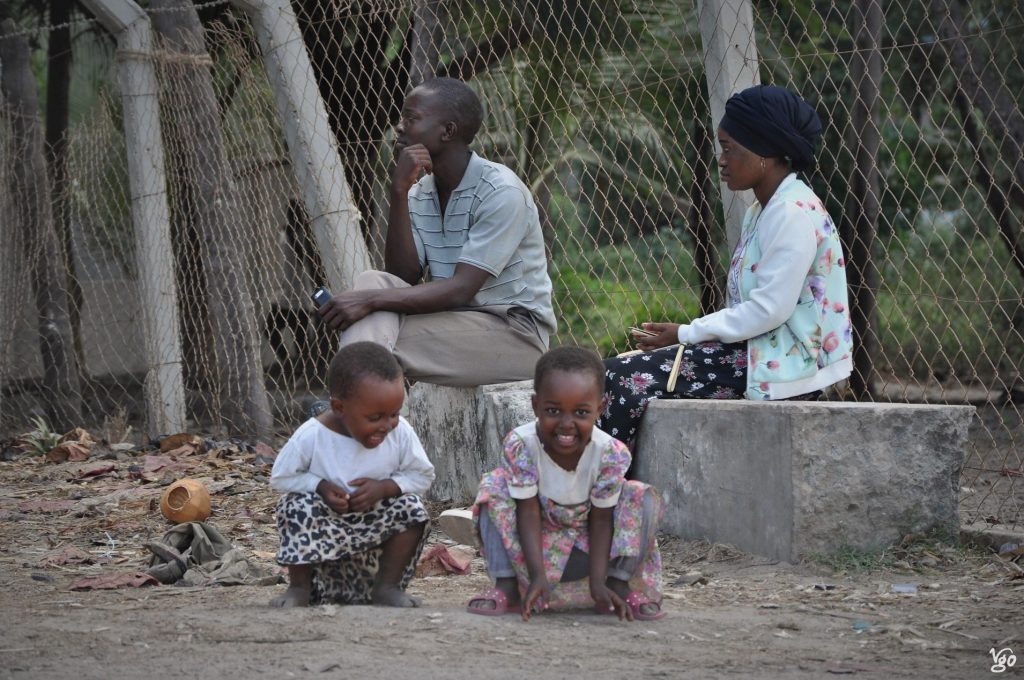
Patricia & Aisha (and their mom)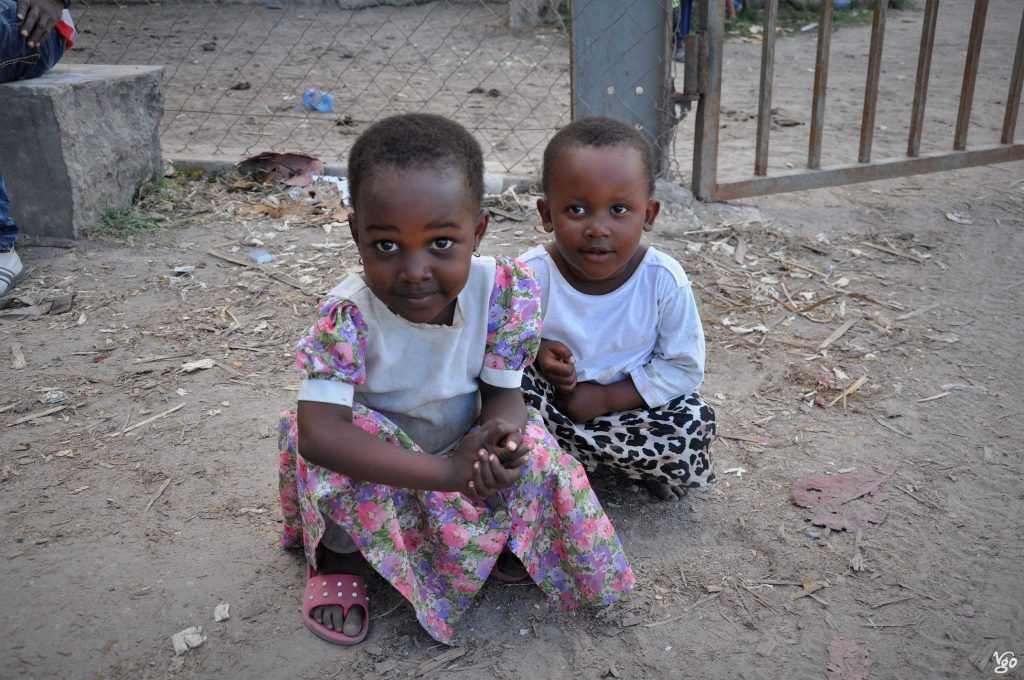
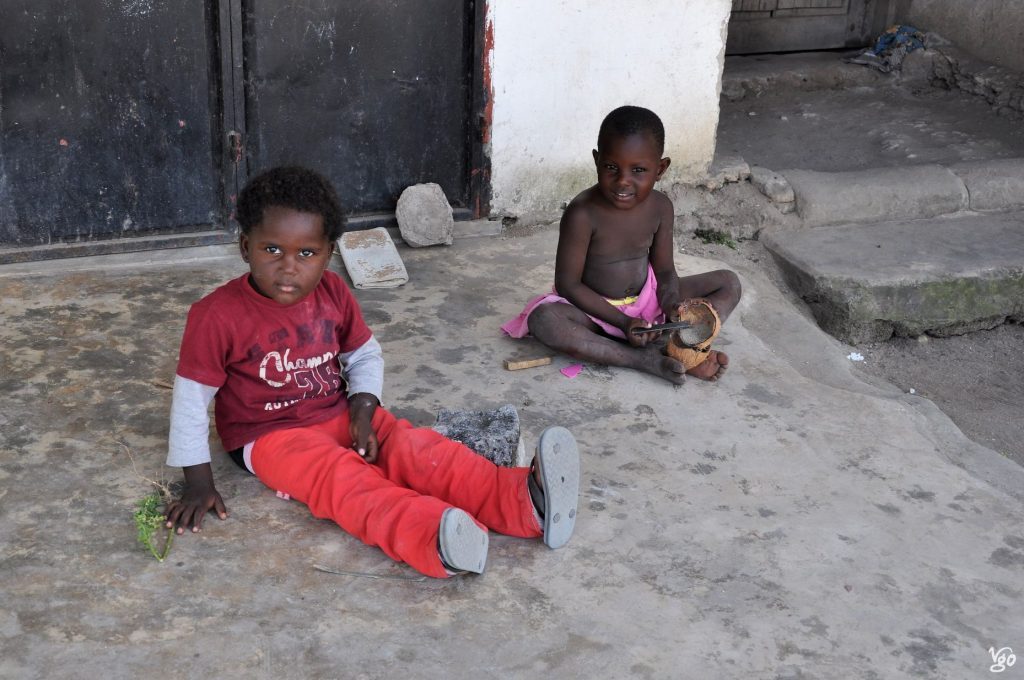
The girl in front called me “muzungu wangu”, my white guy, and insisted I take a picture.
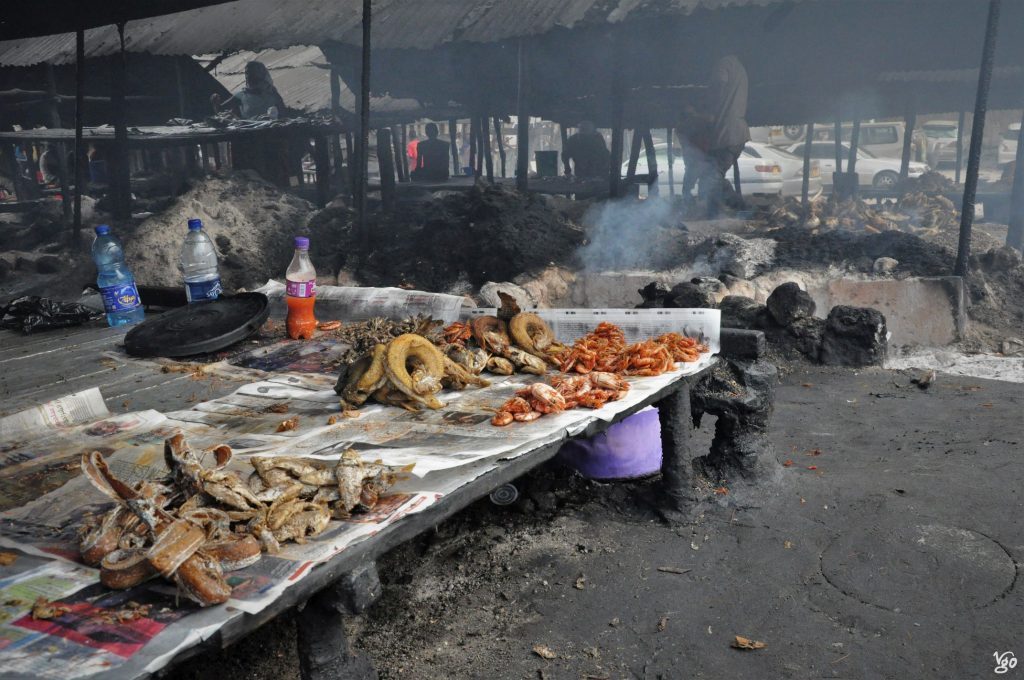
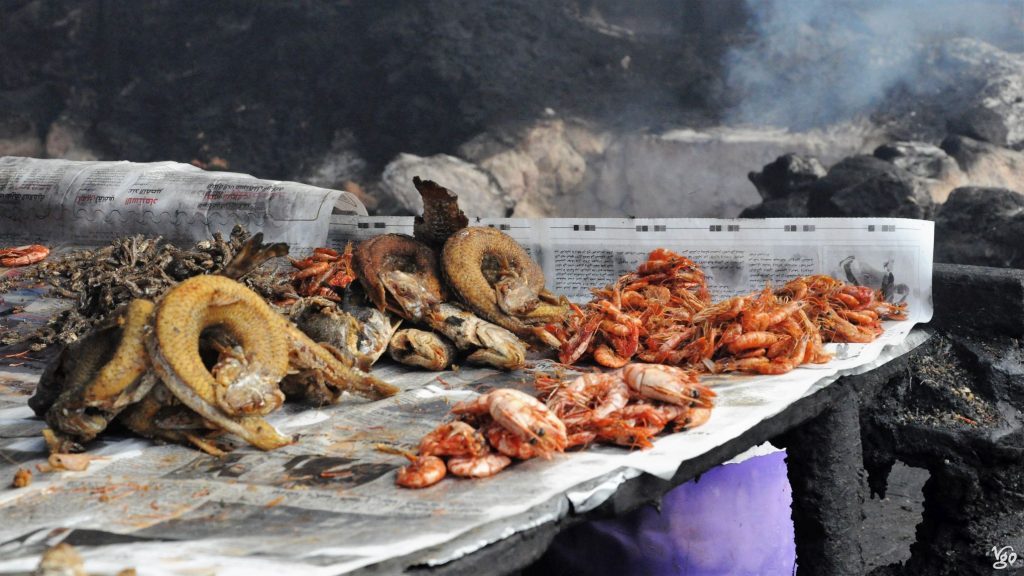
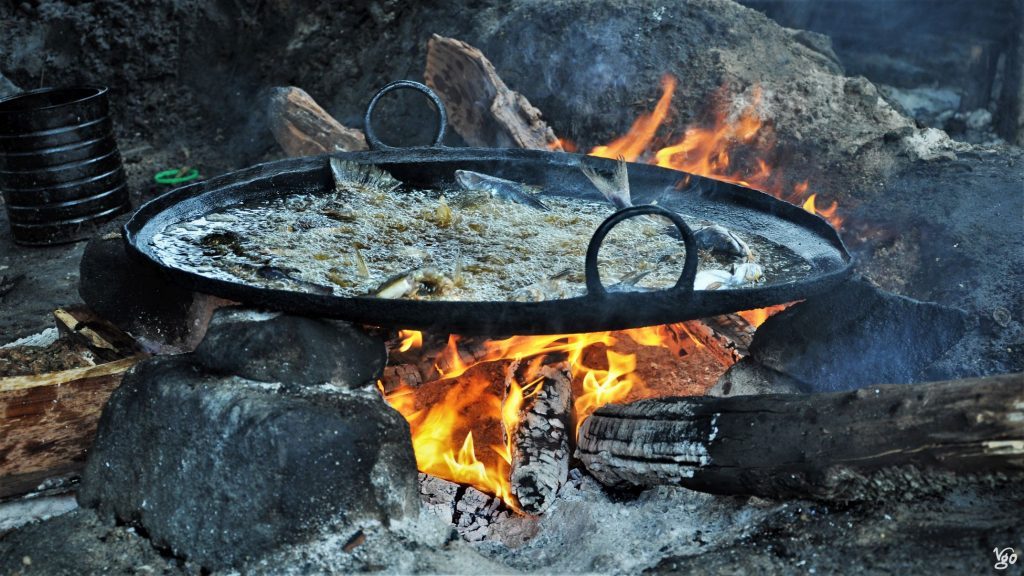
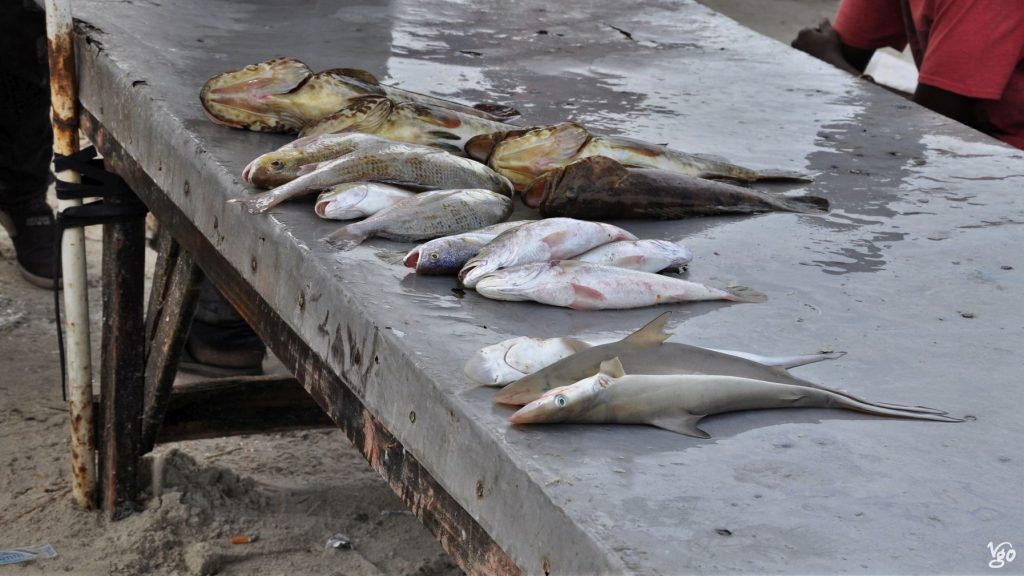
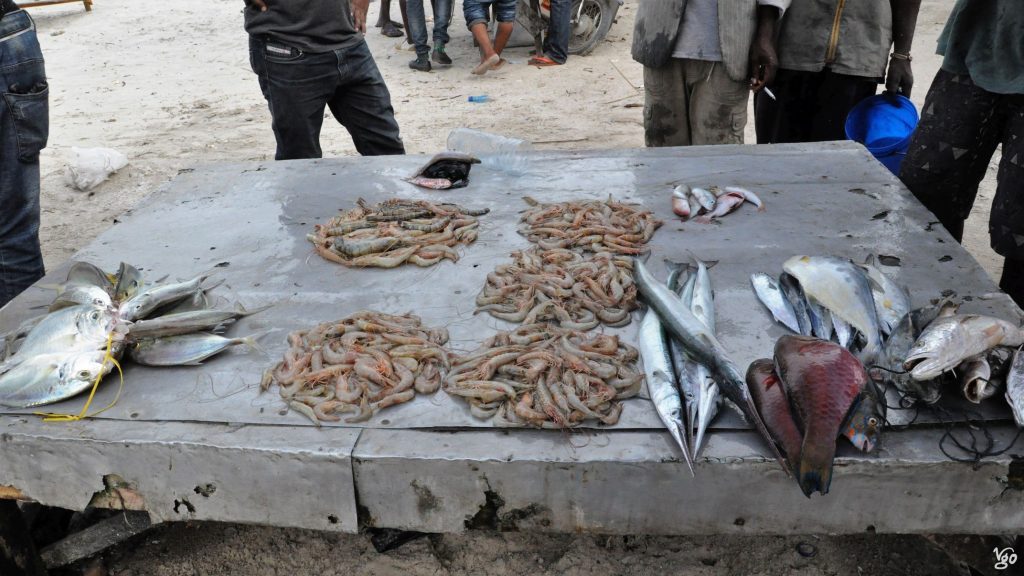
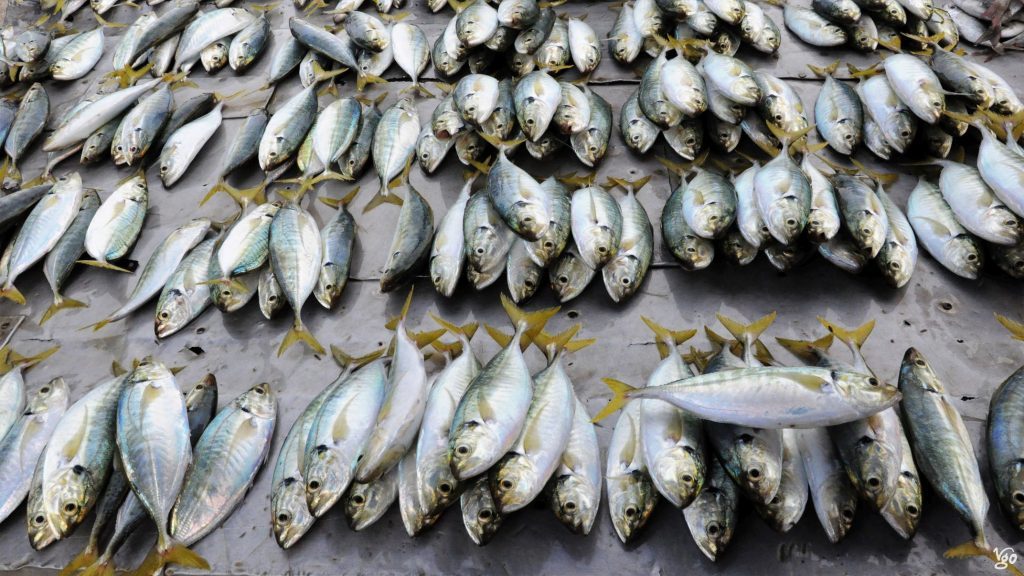
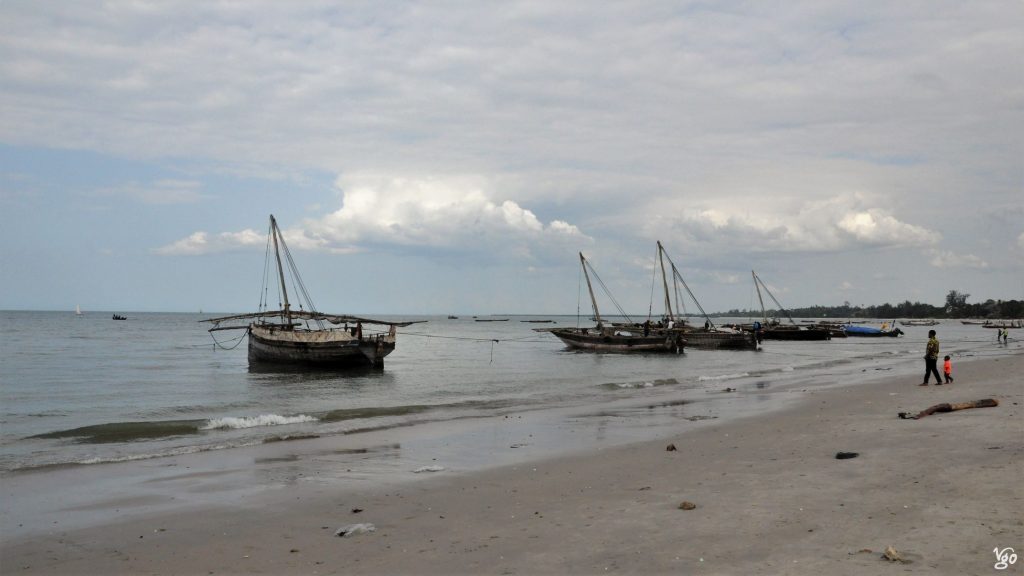
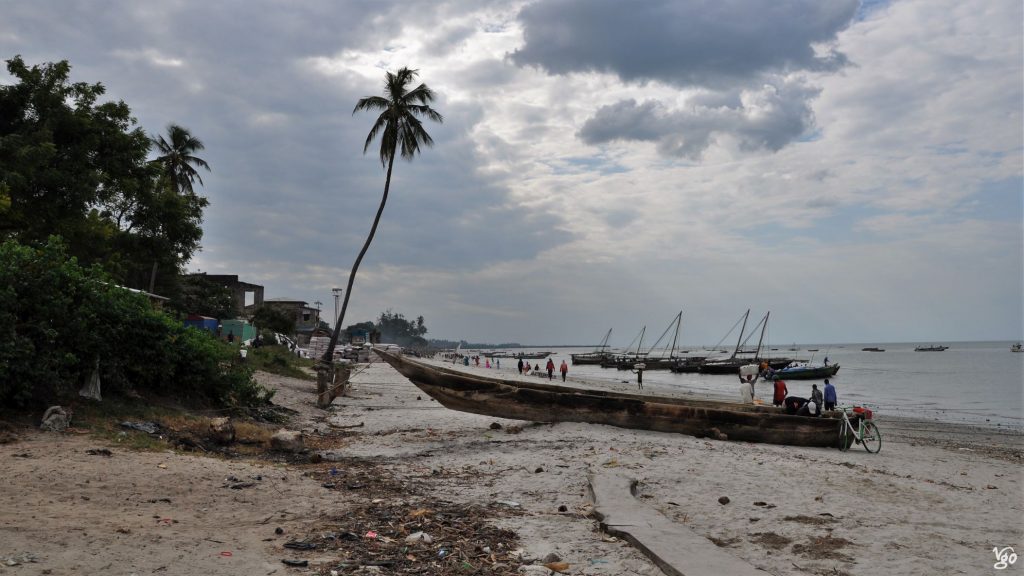
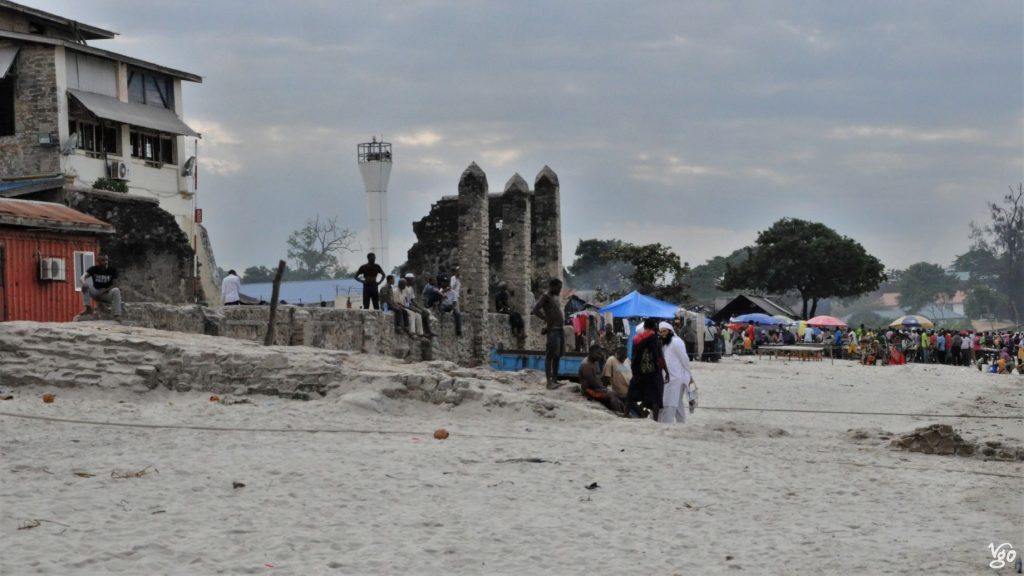
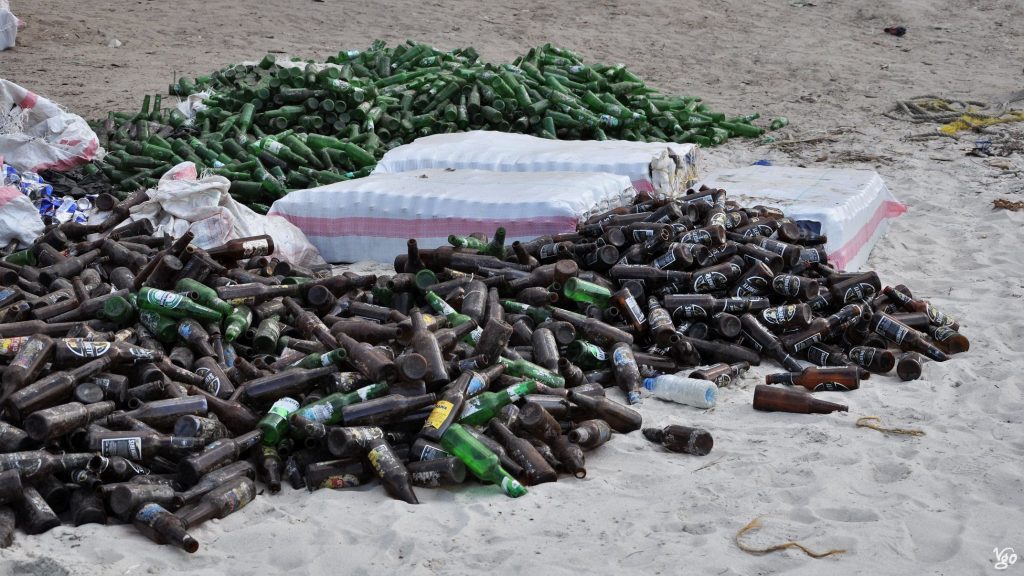
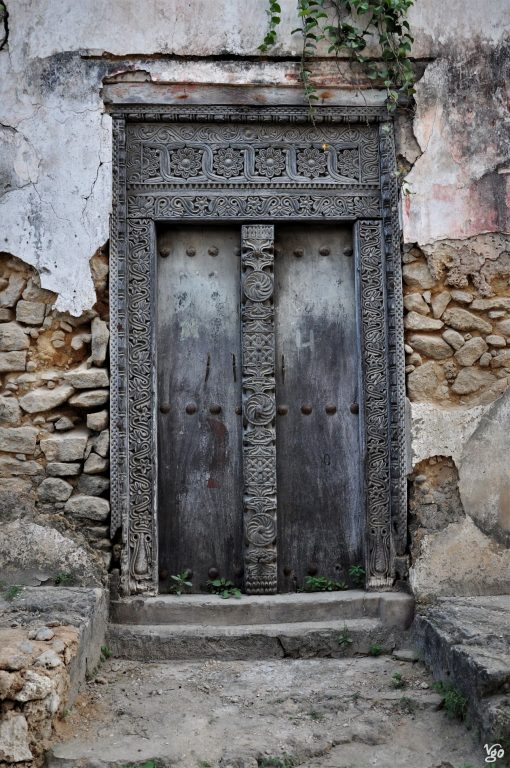
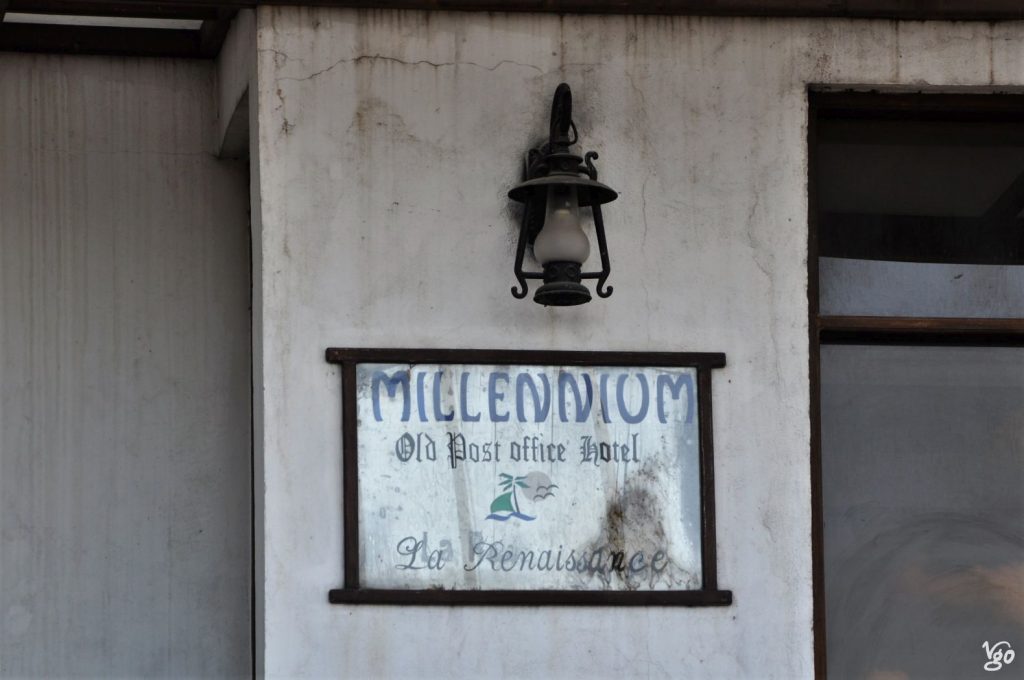
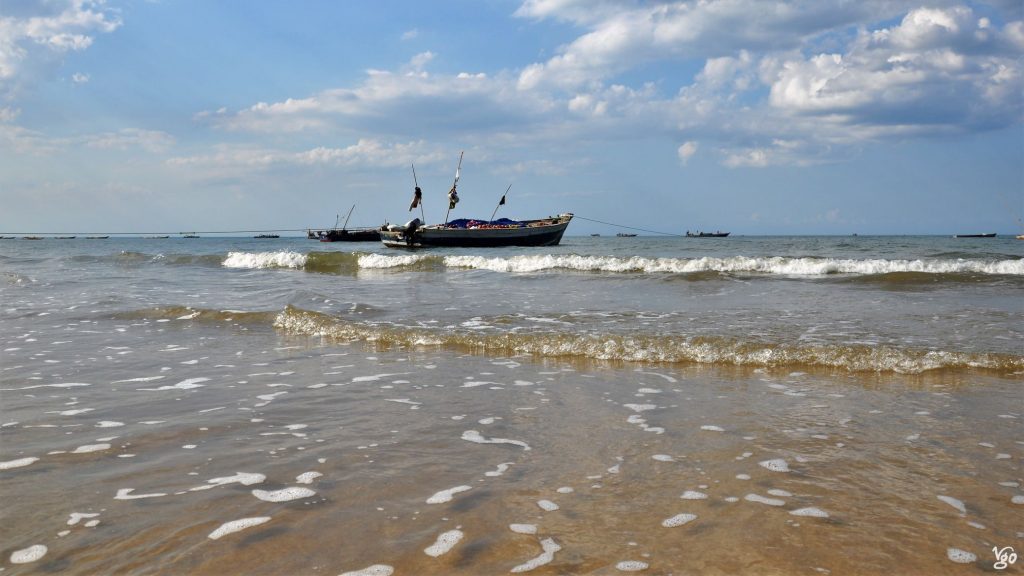
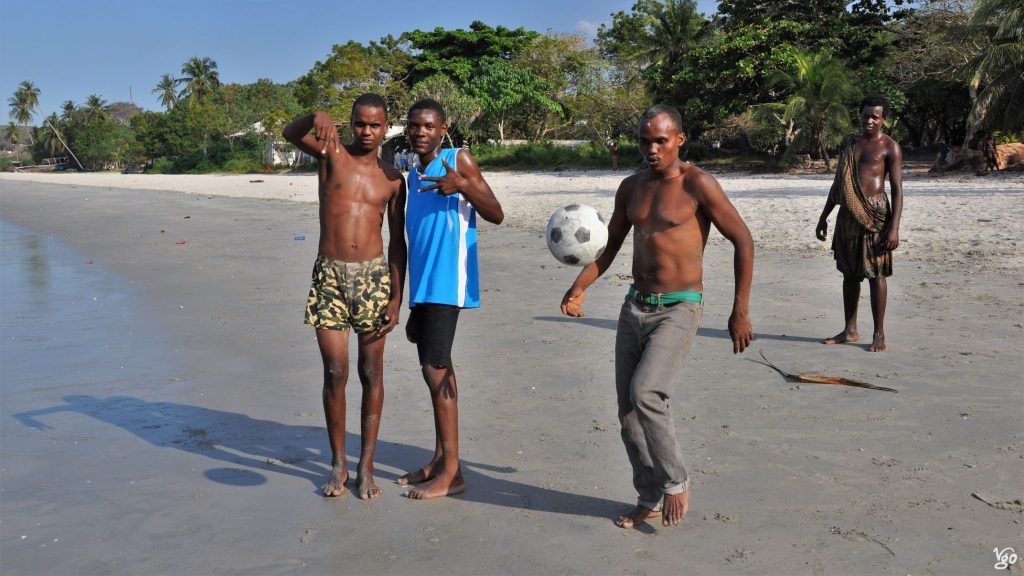
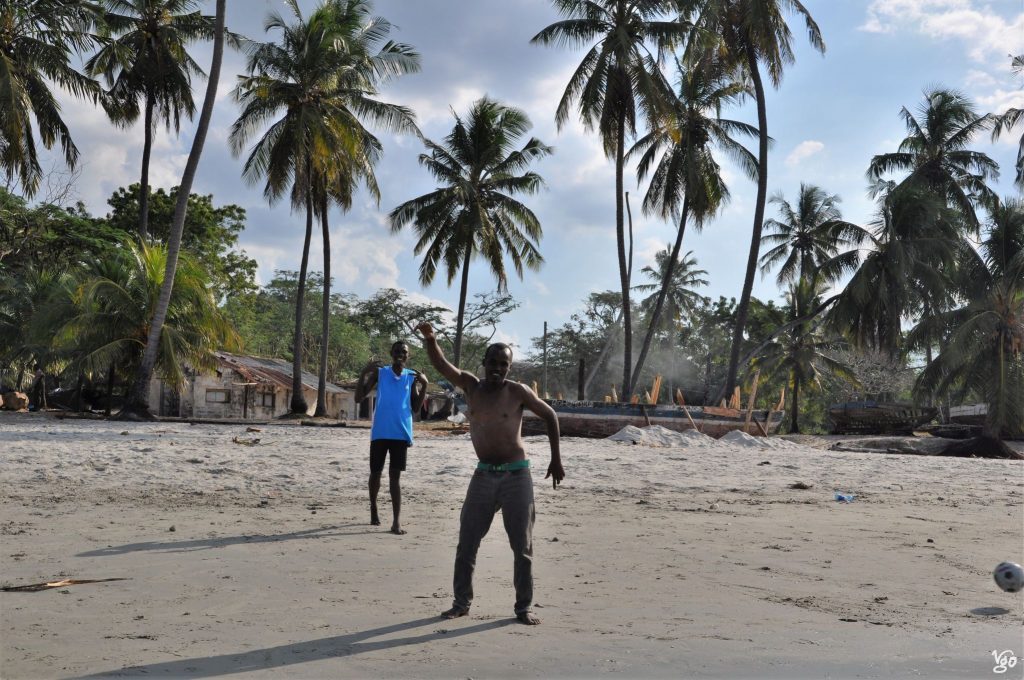
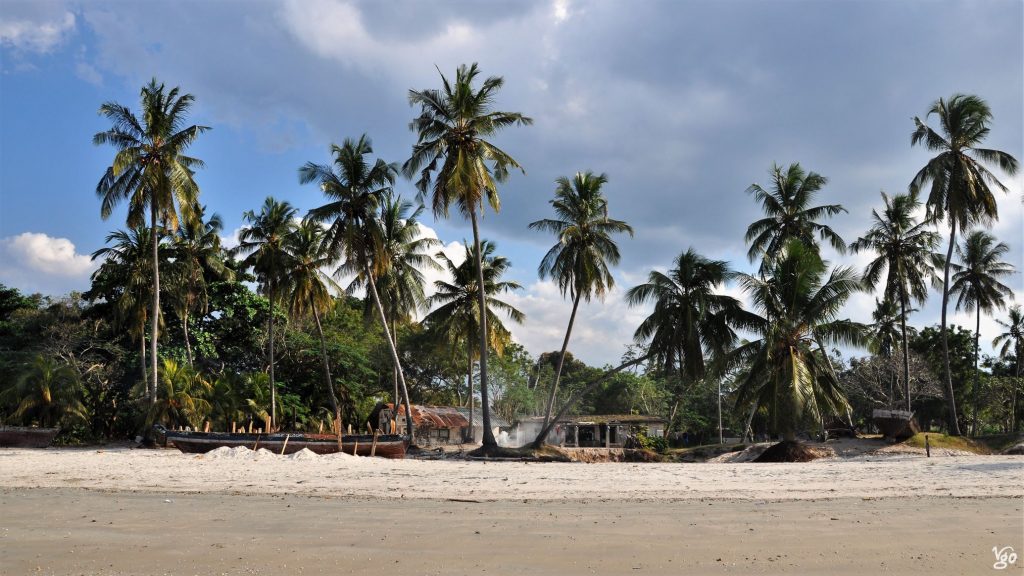
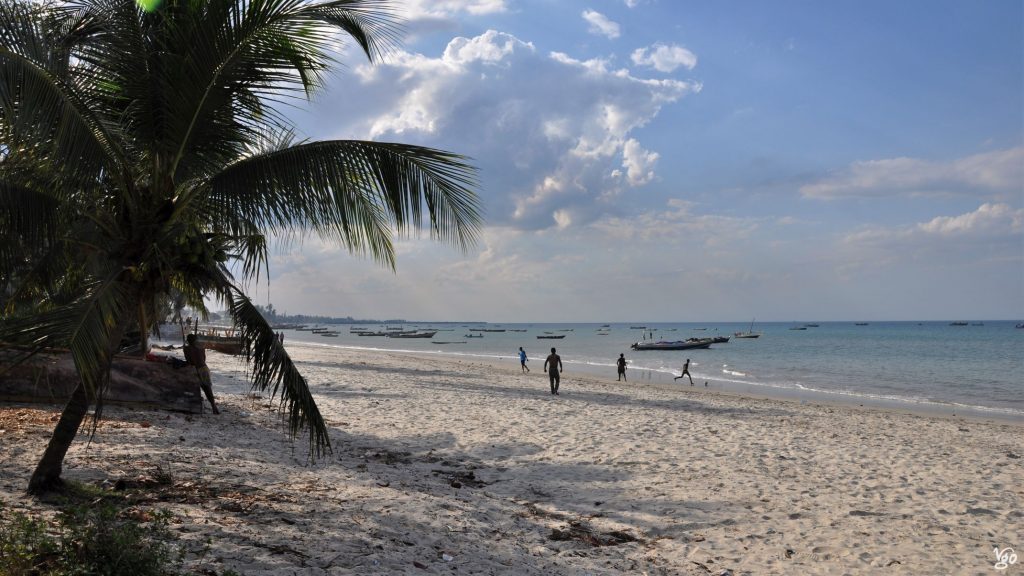
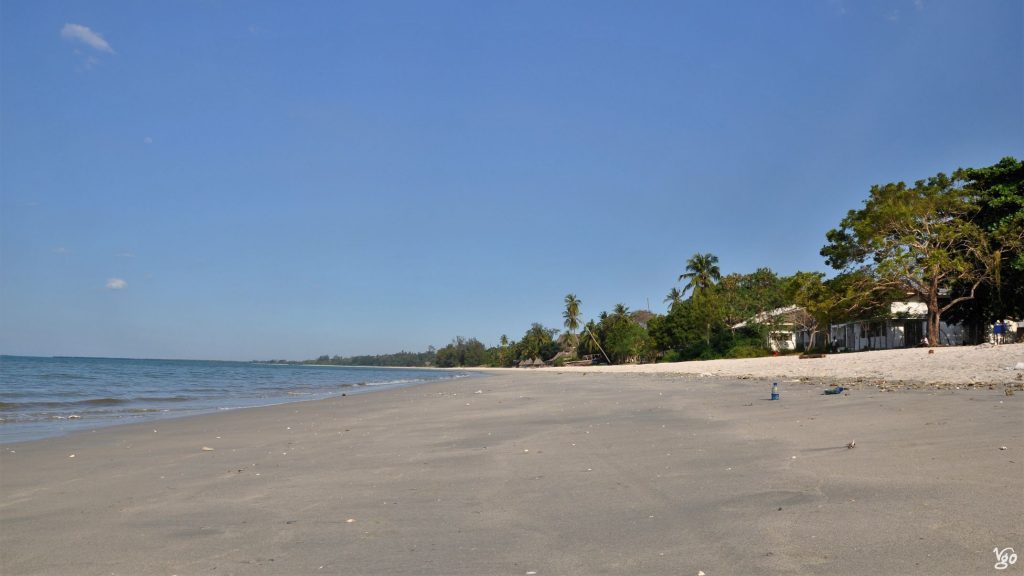
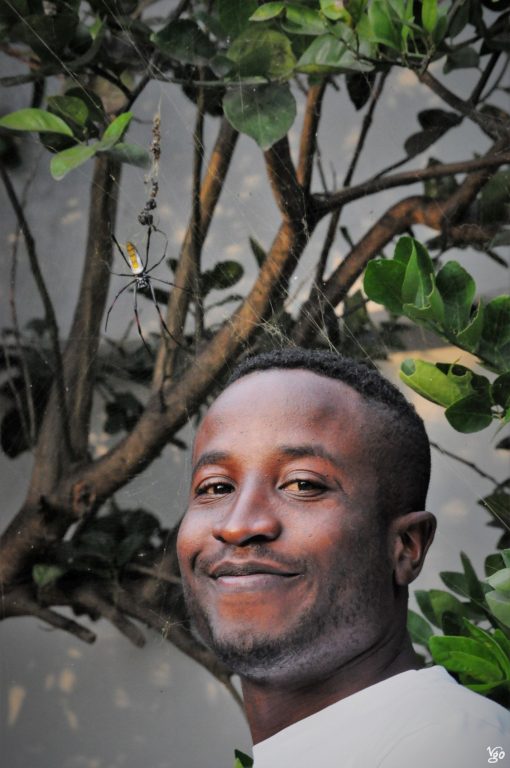
Ibra (Ibs) and his spider friend 😉
